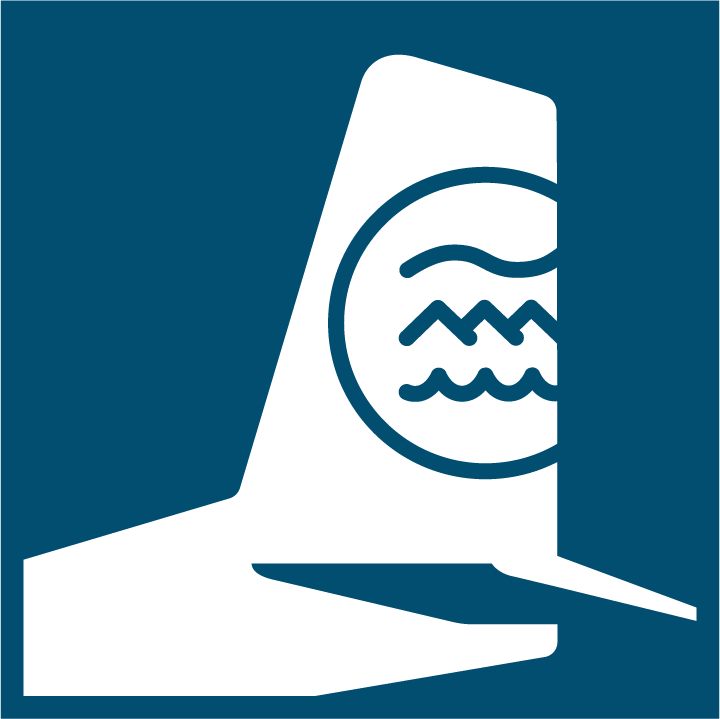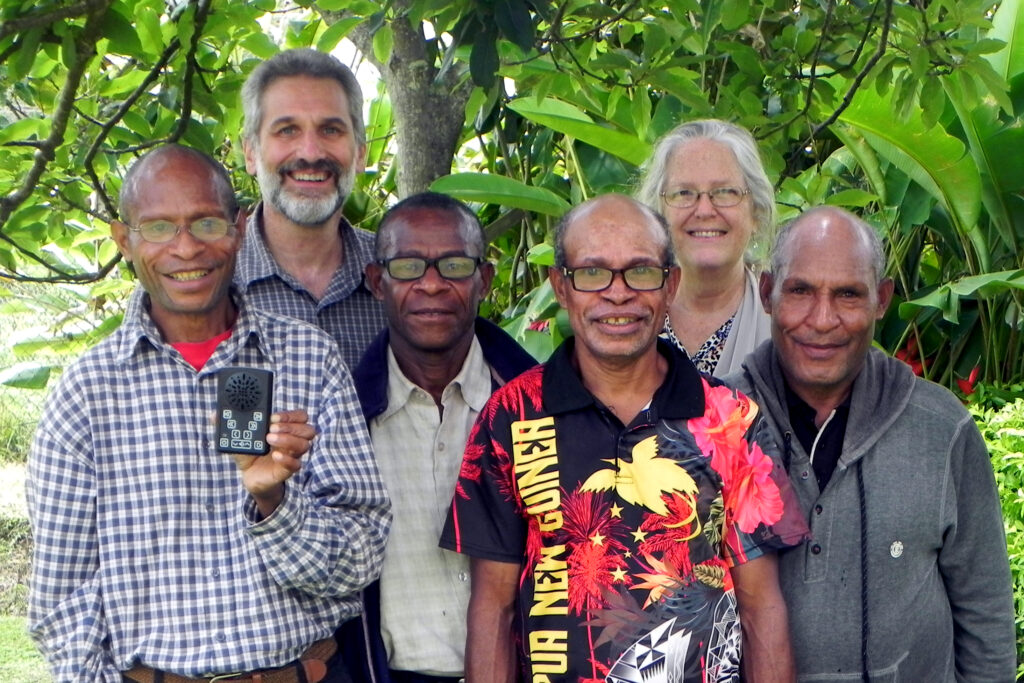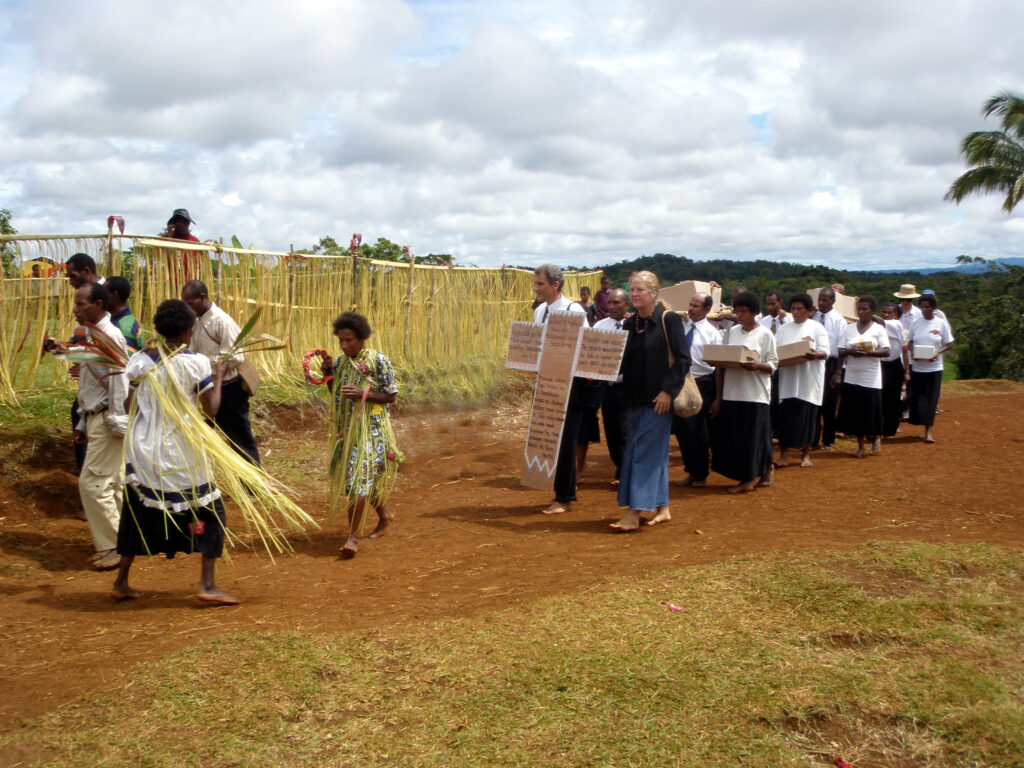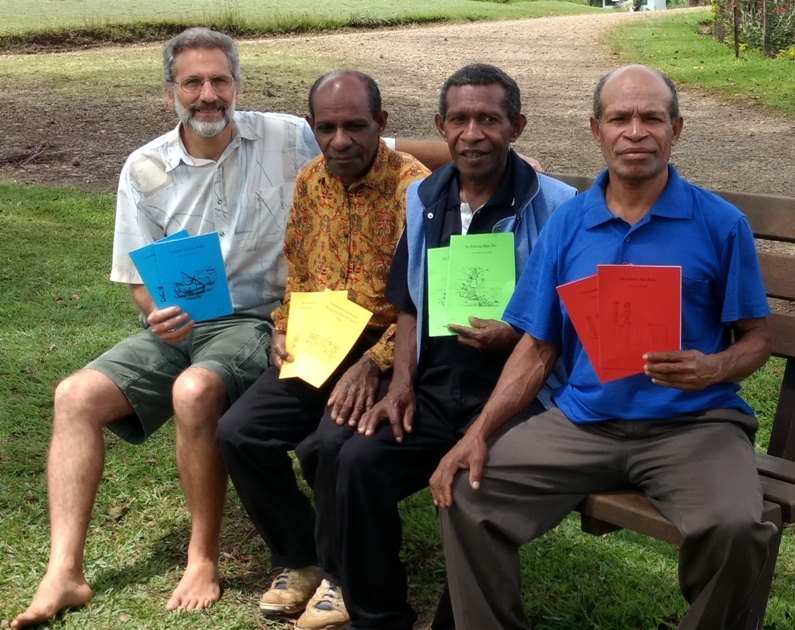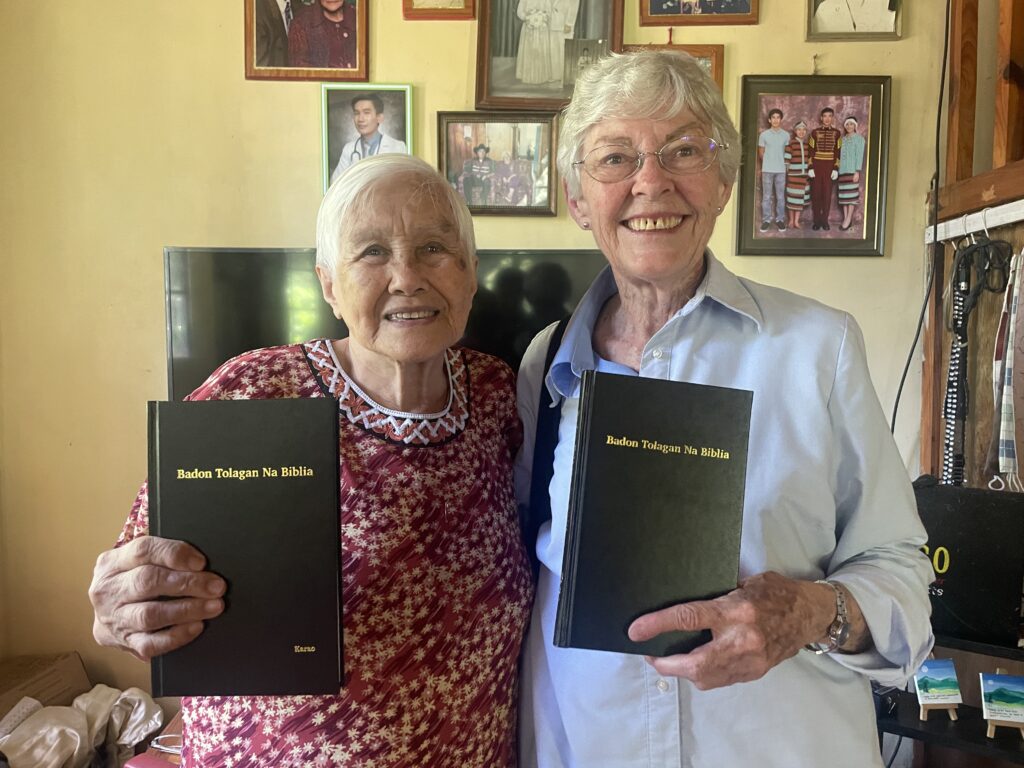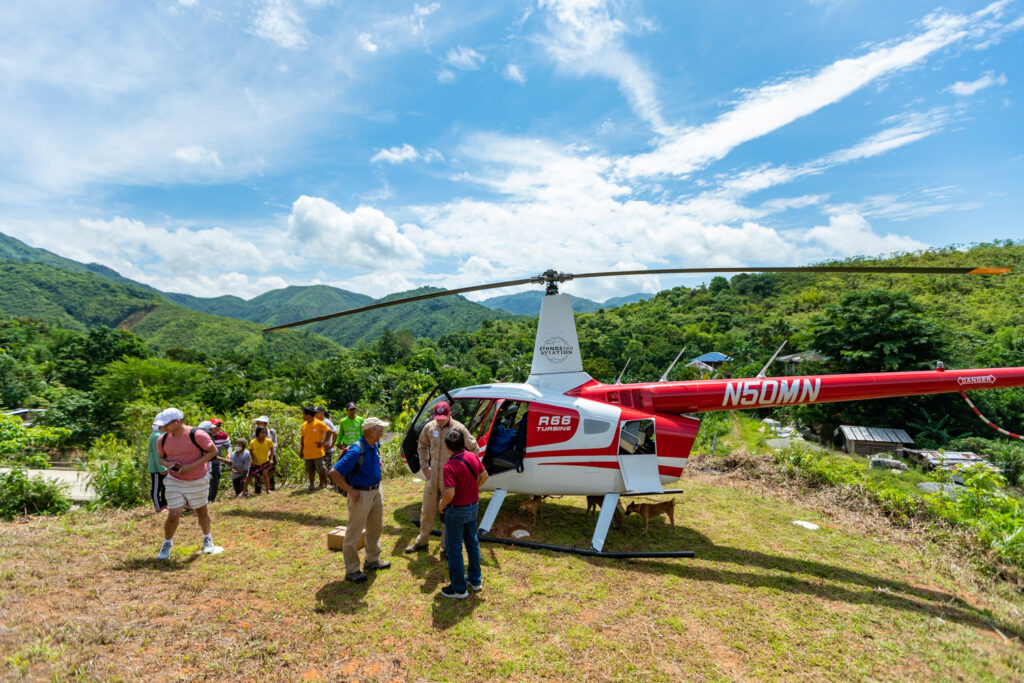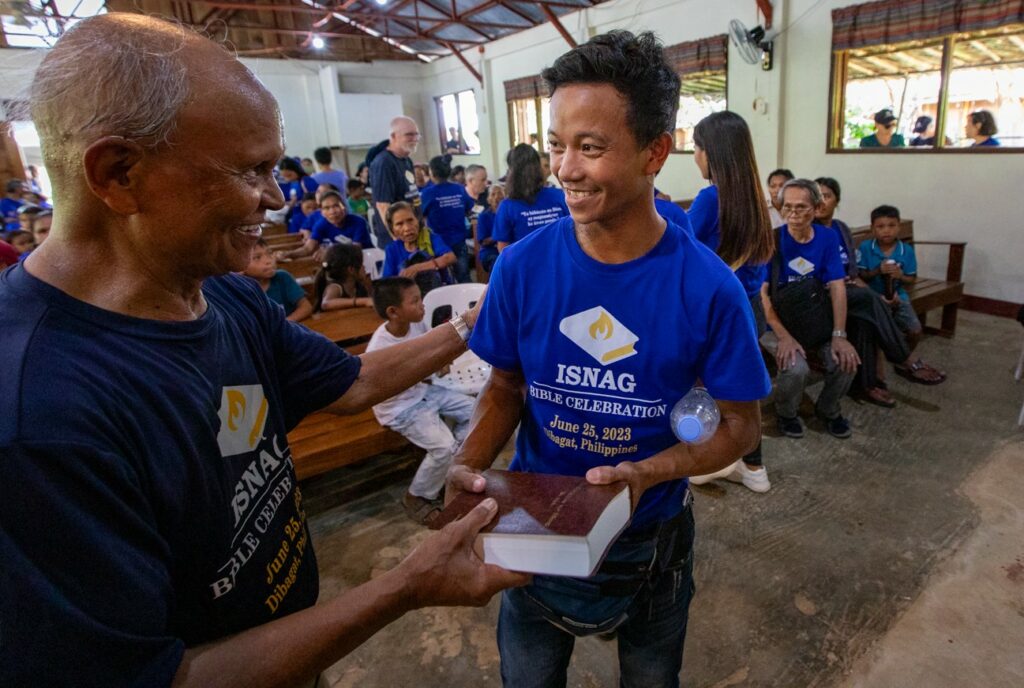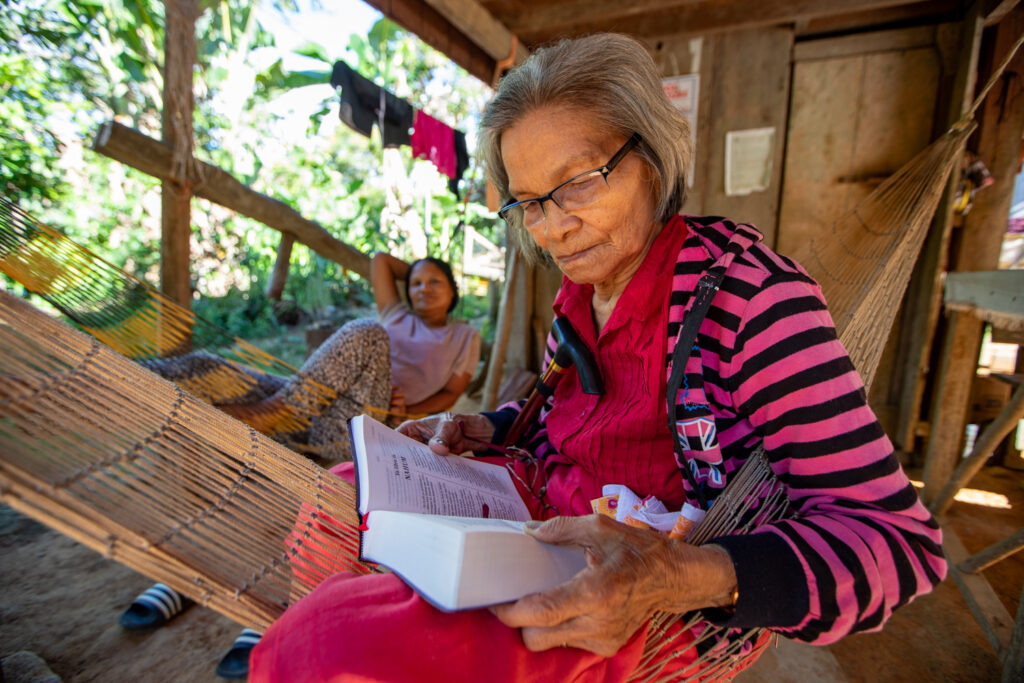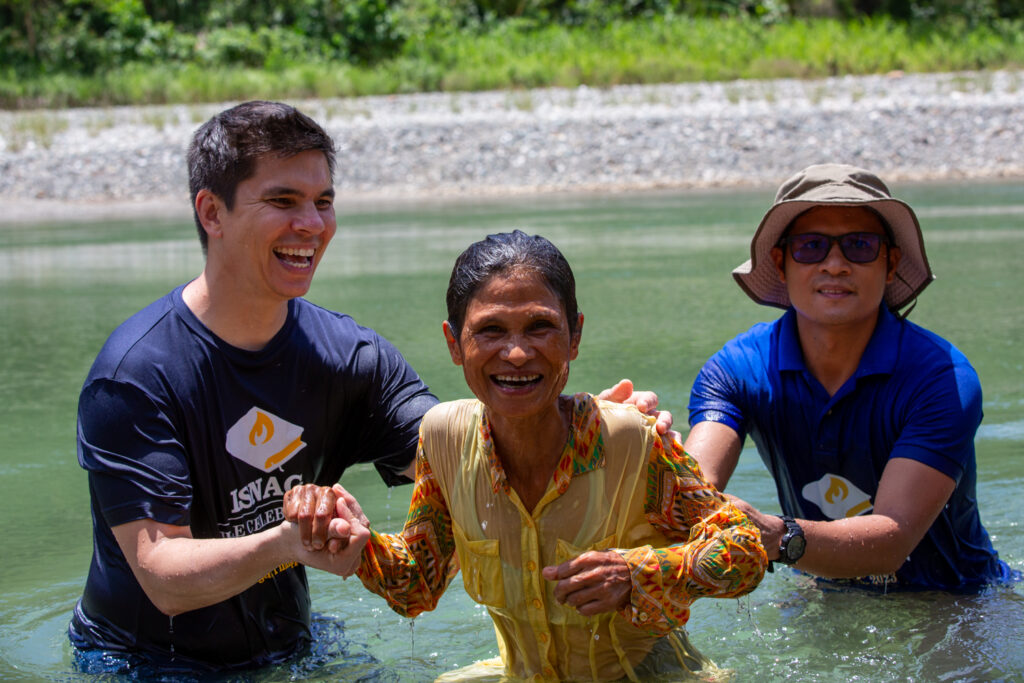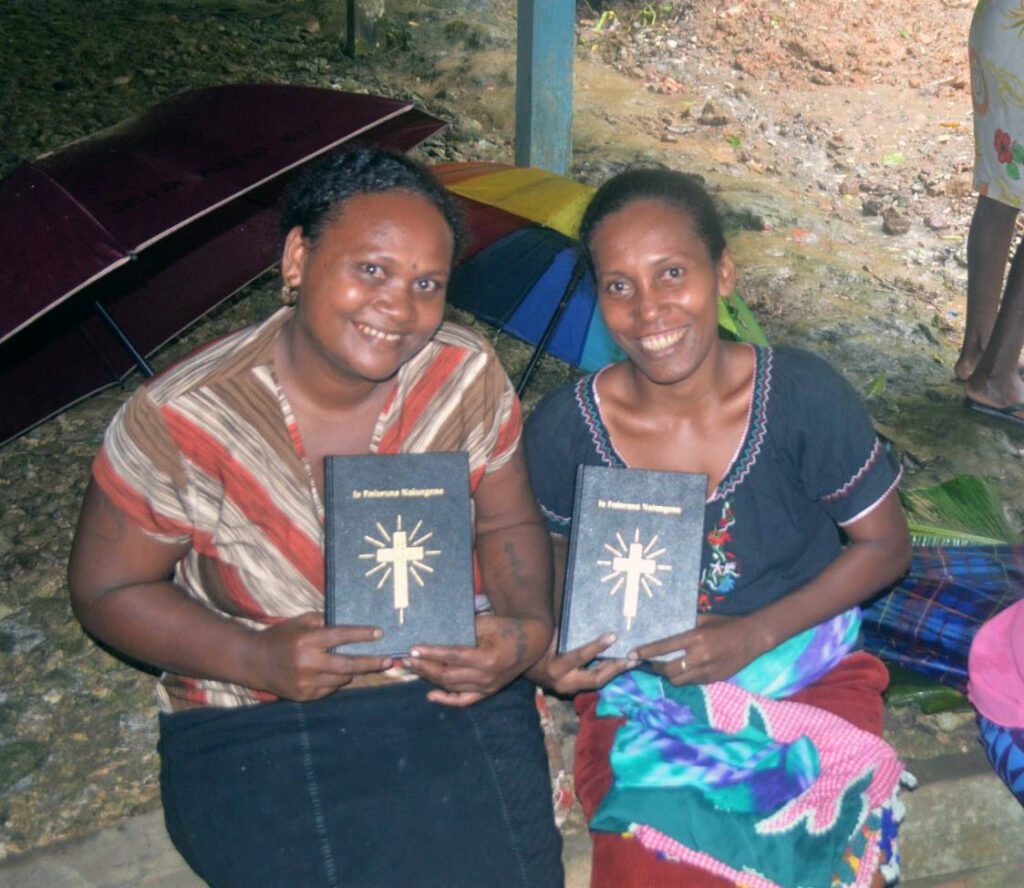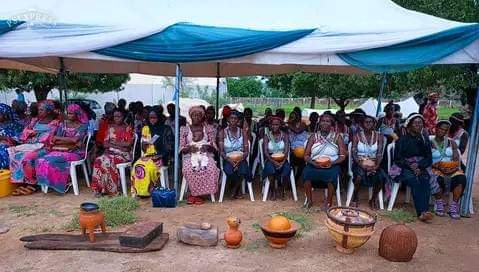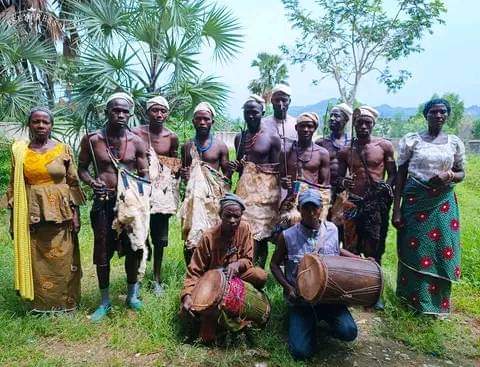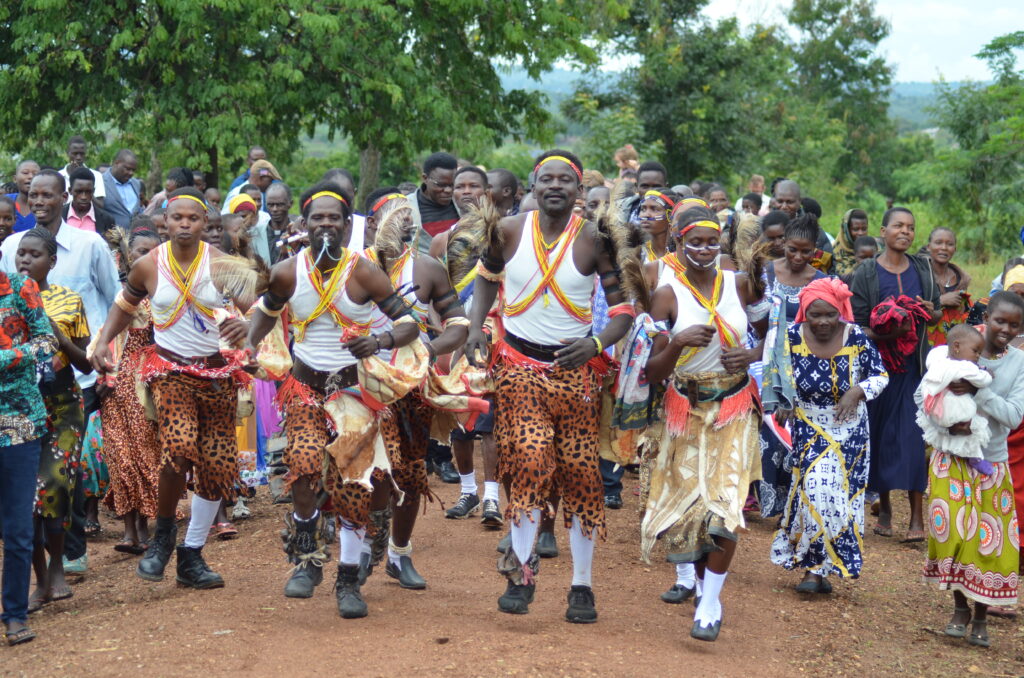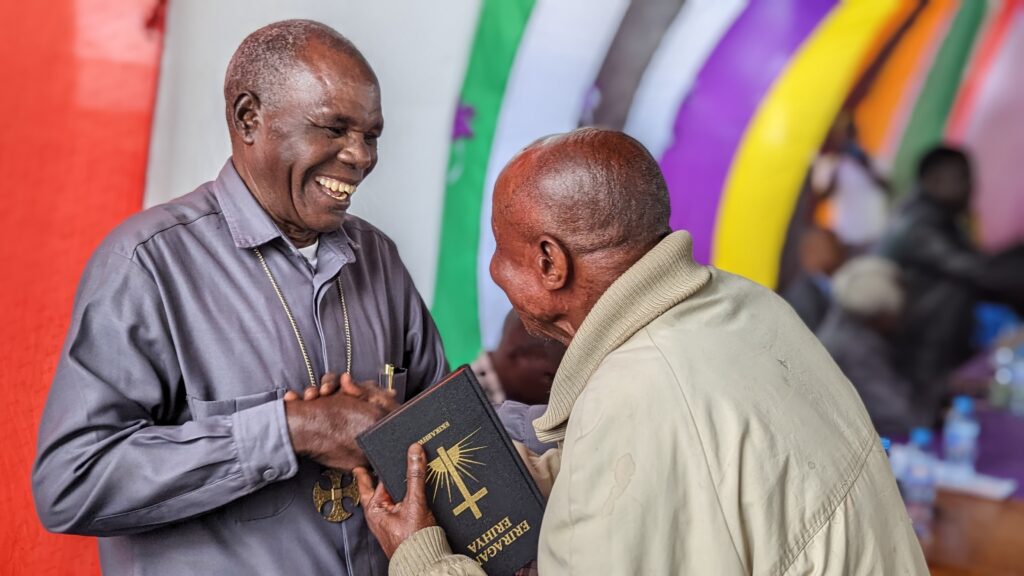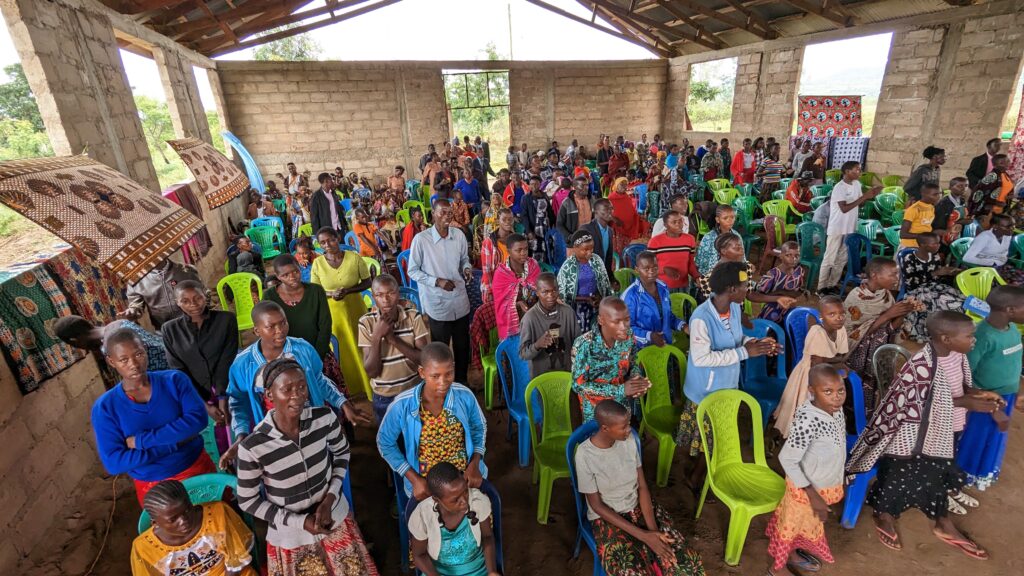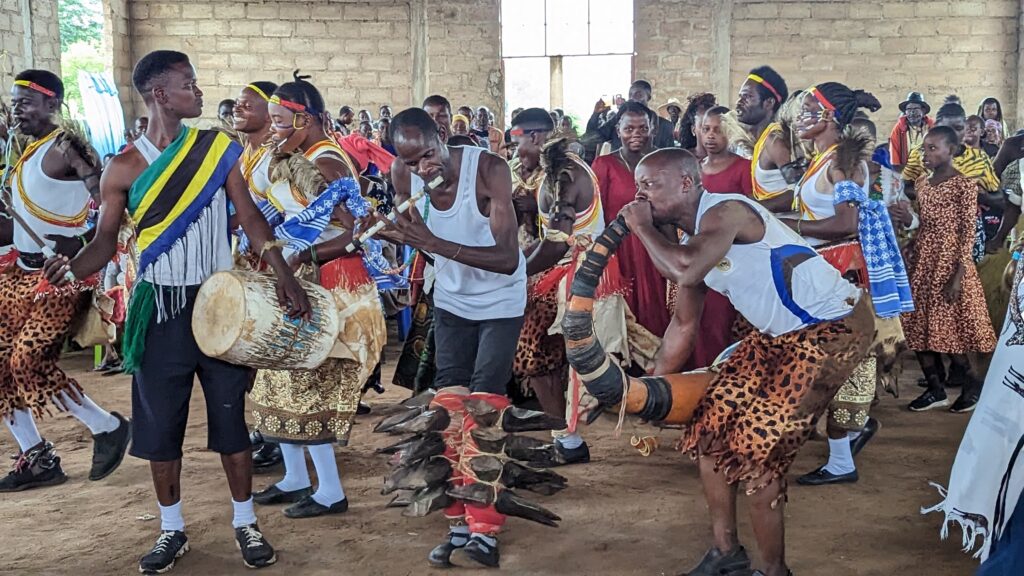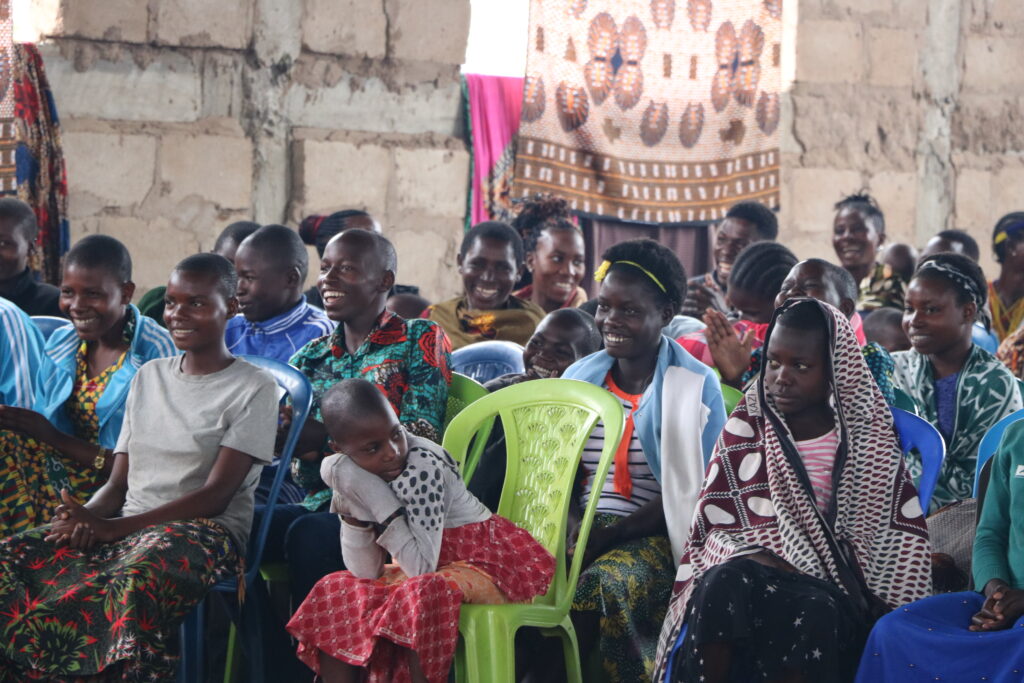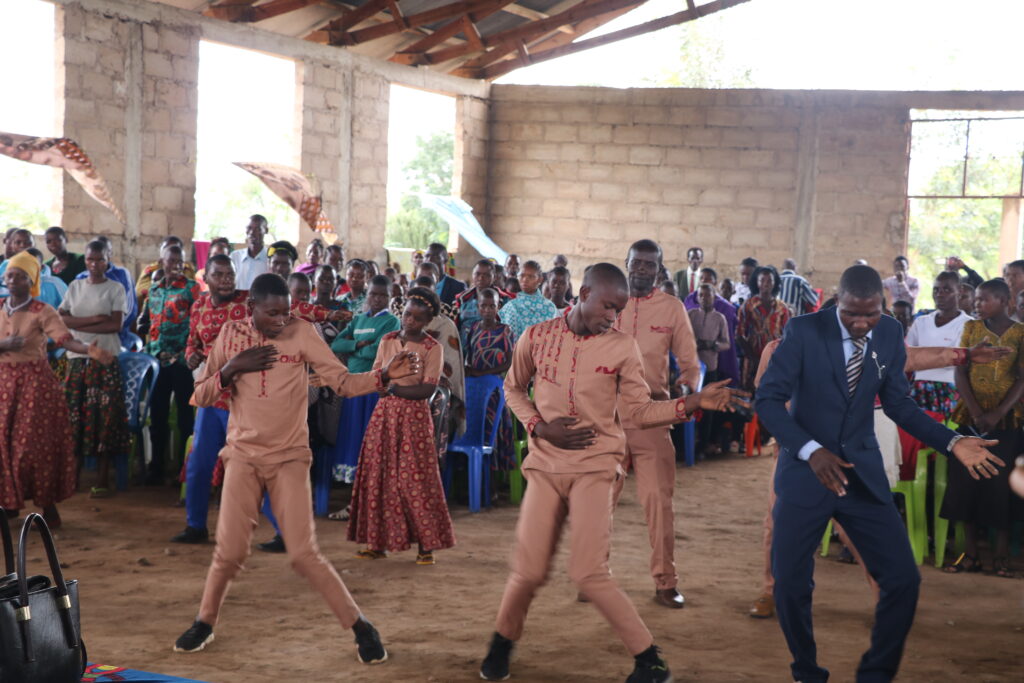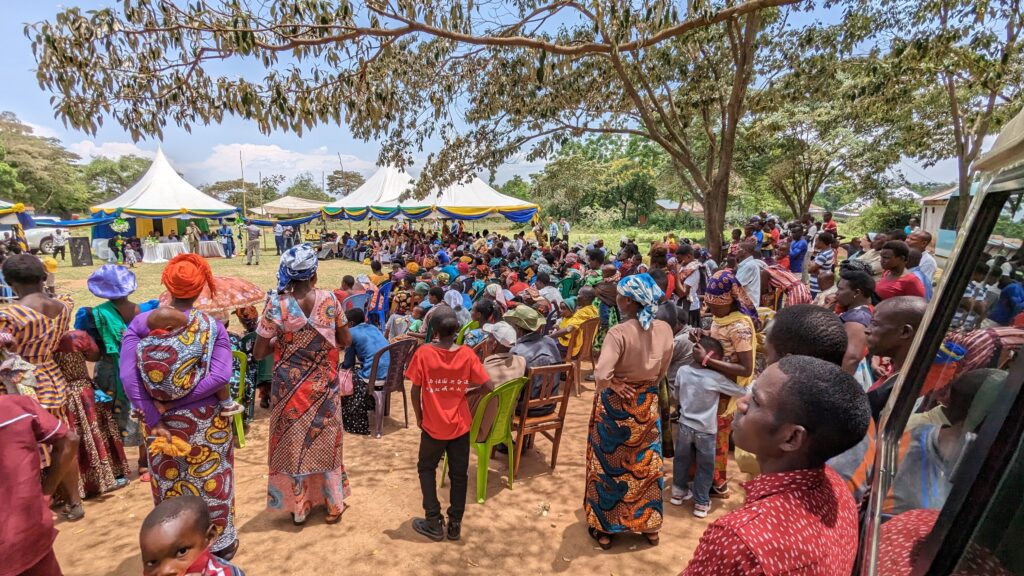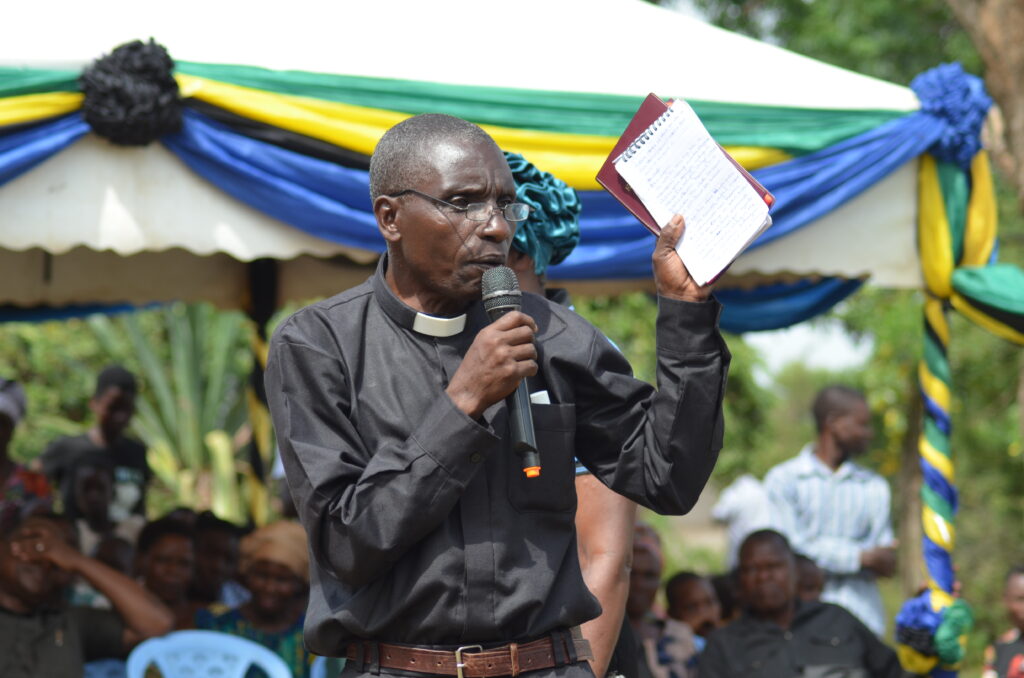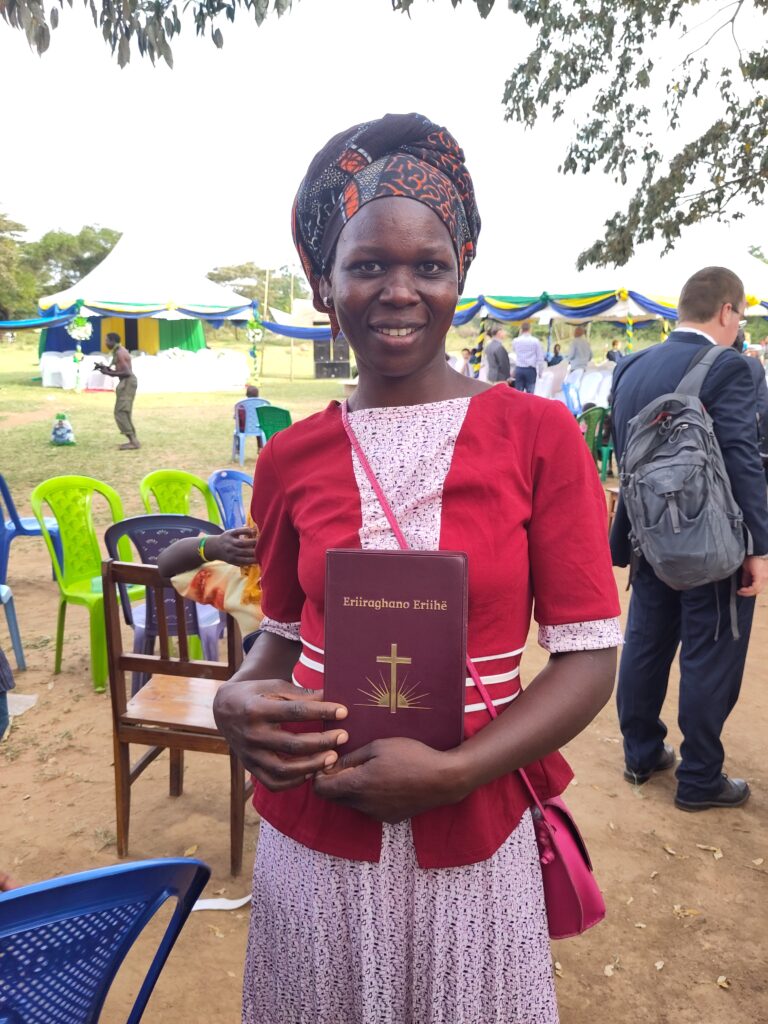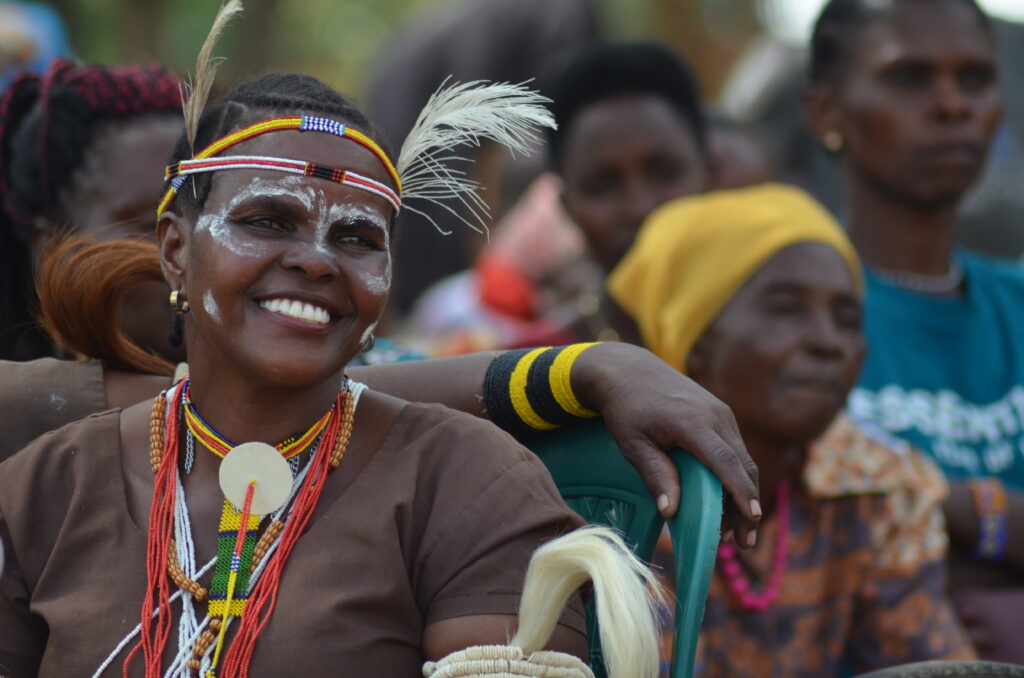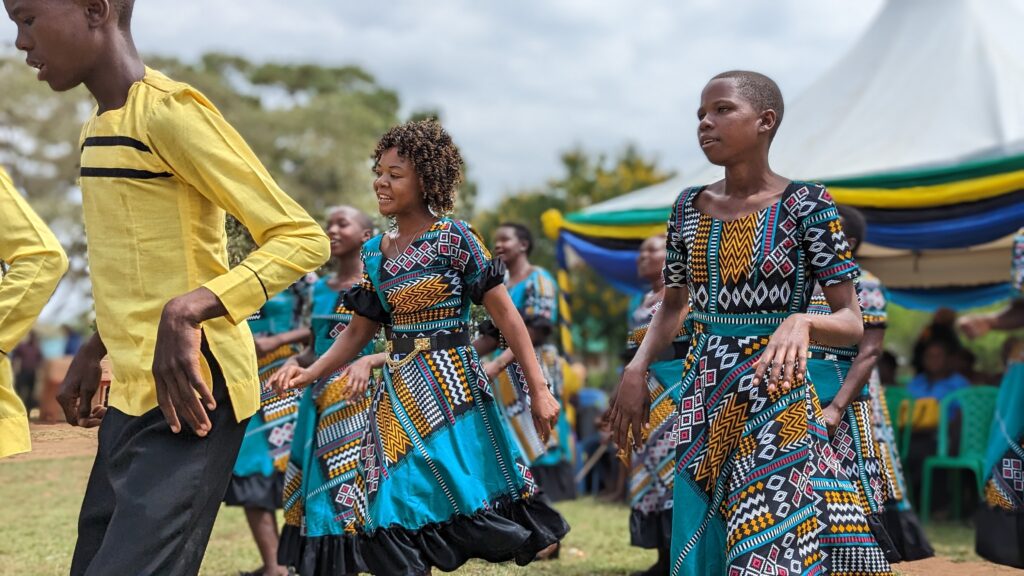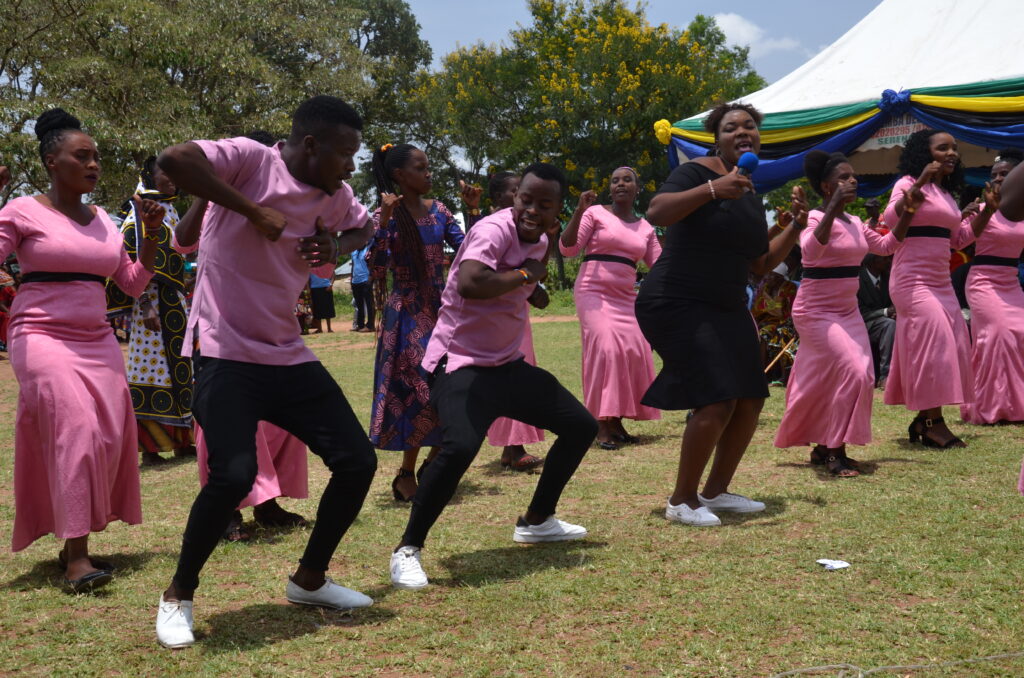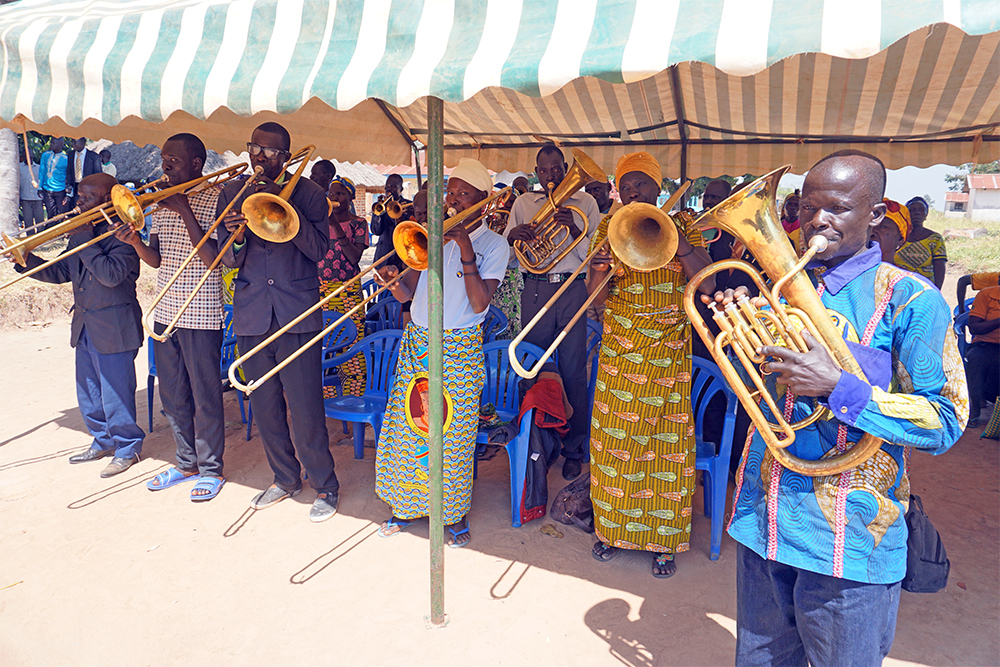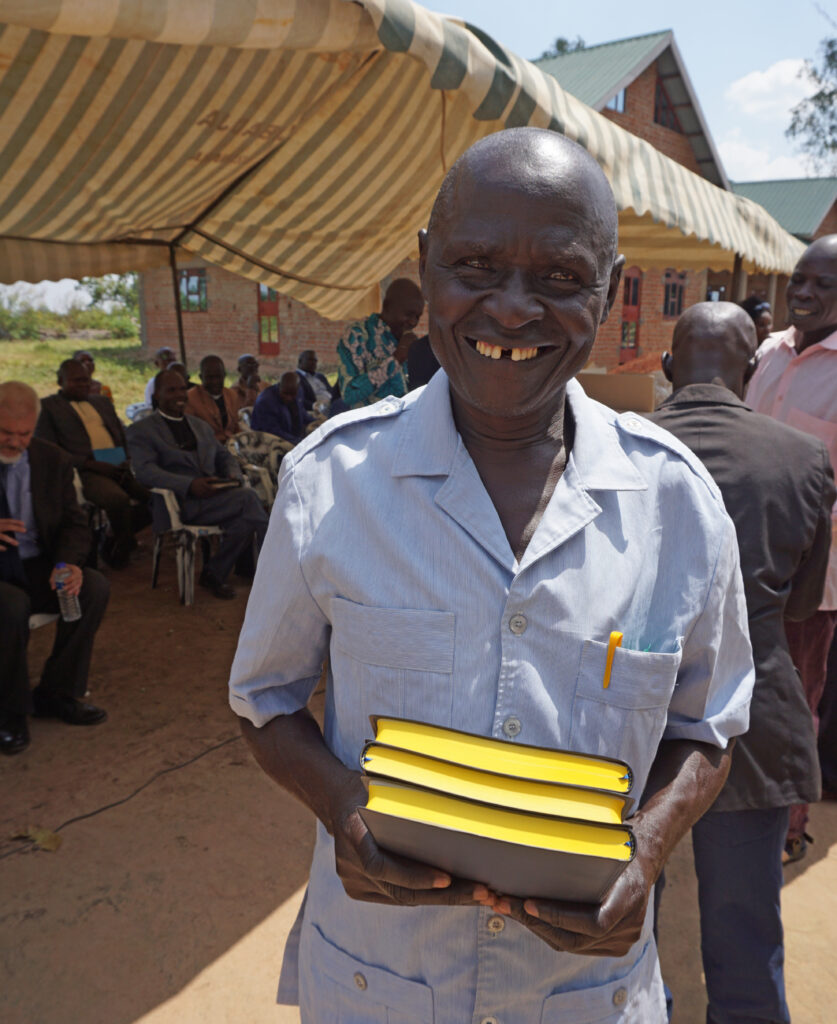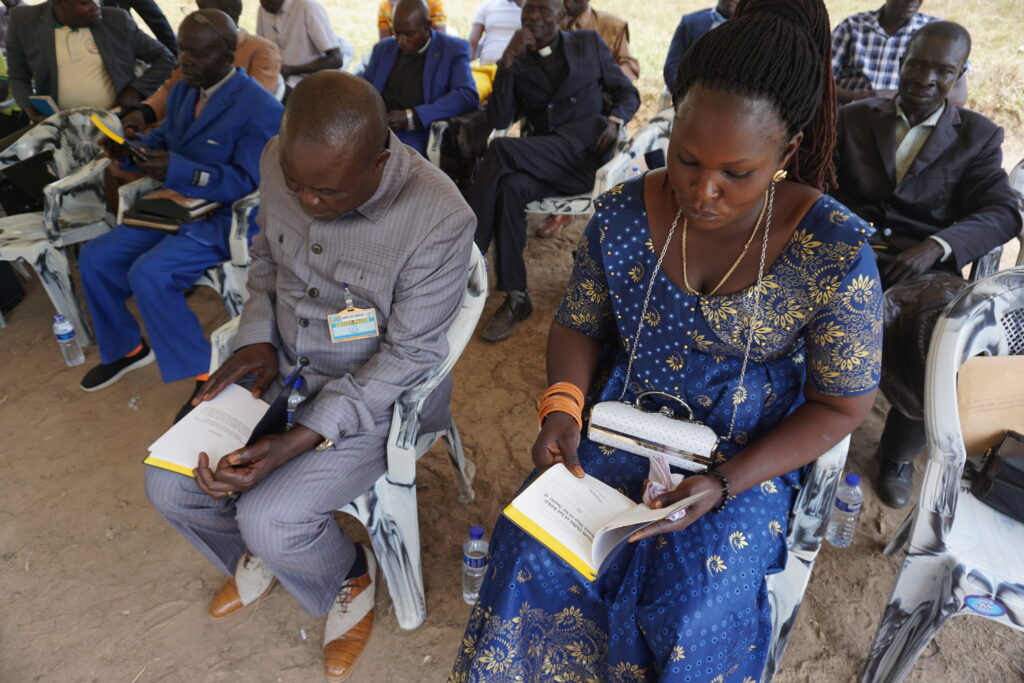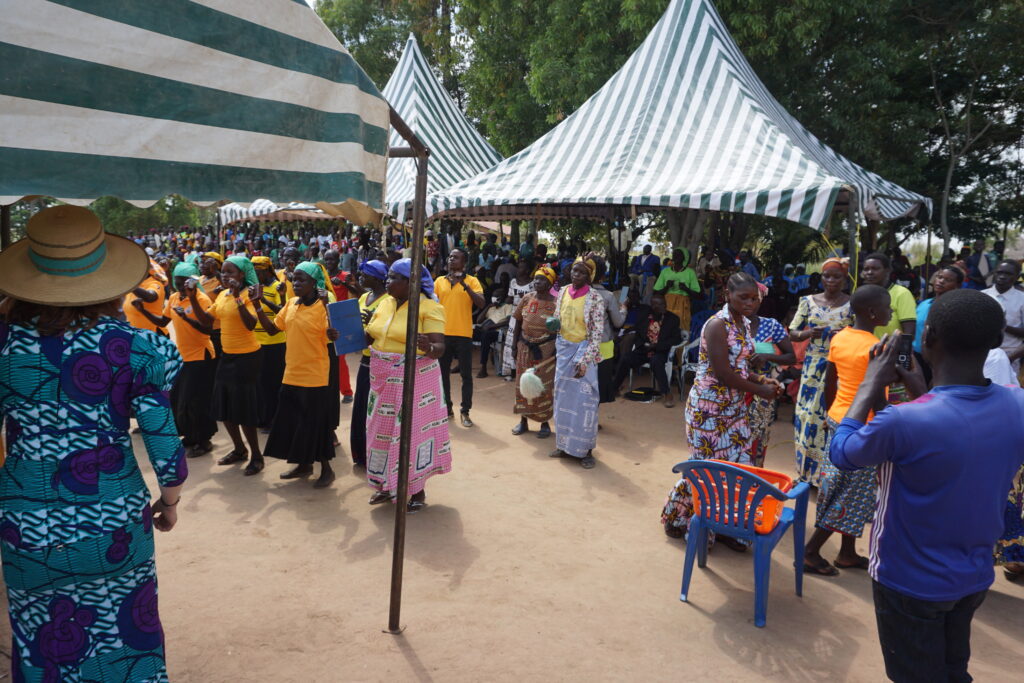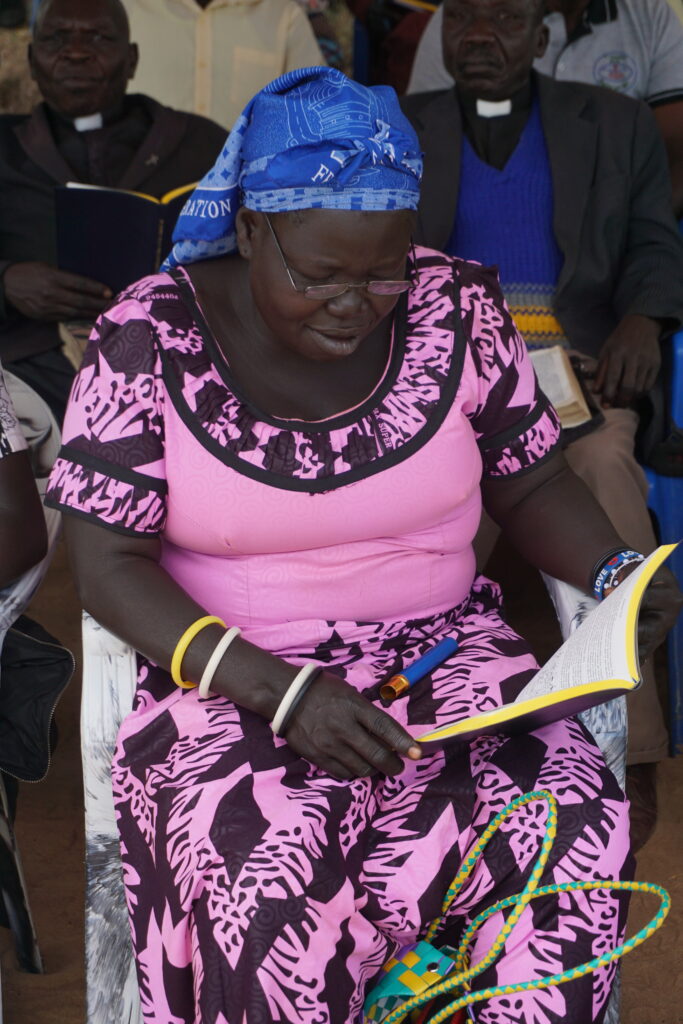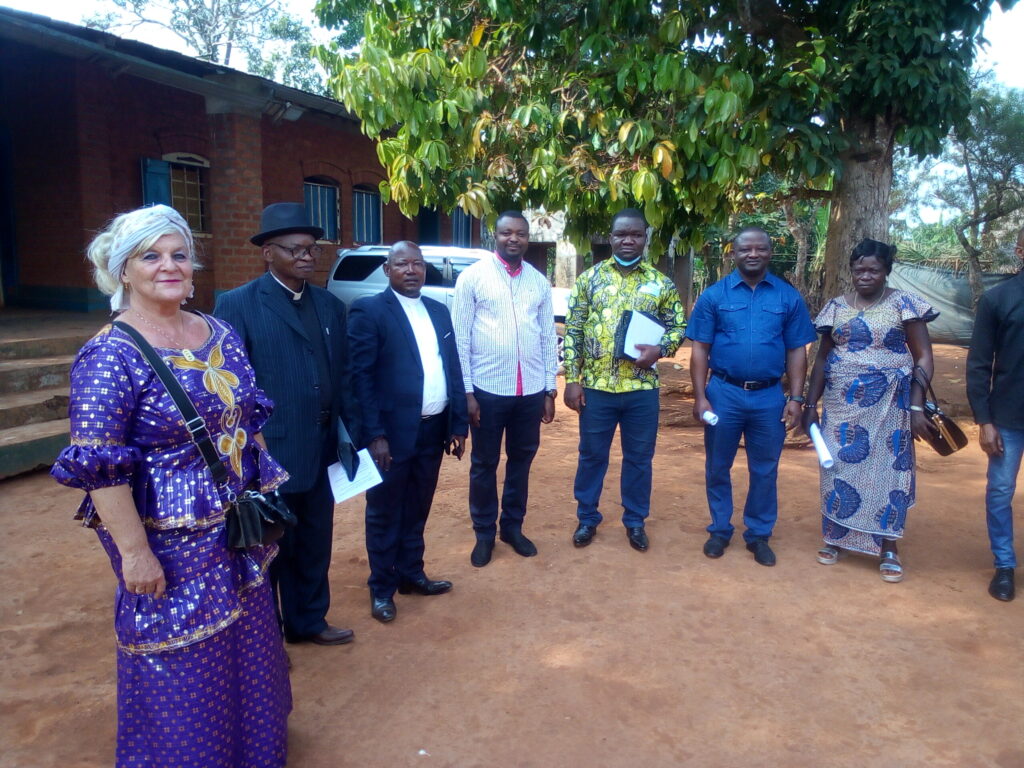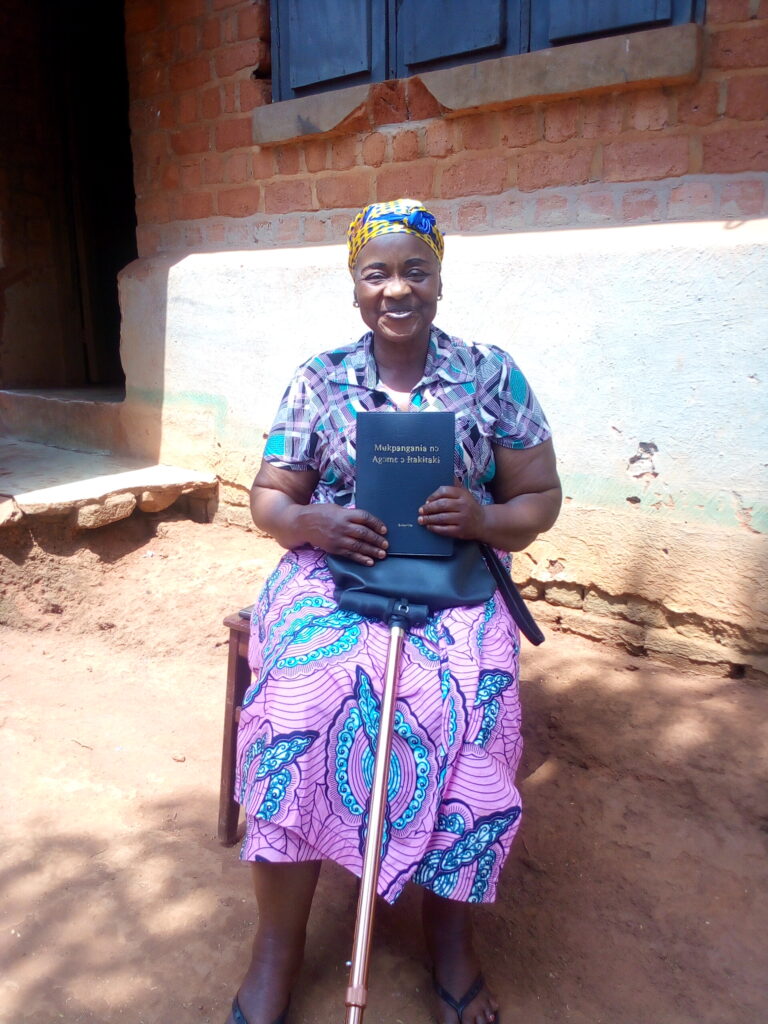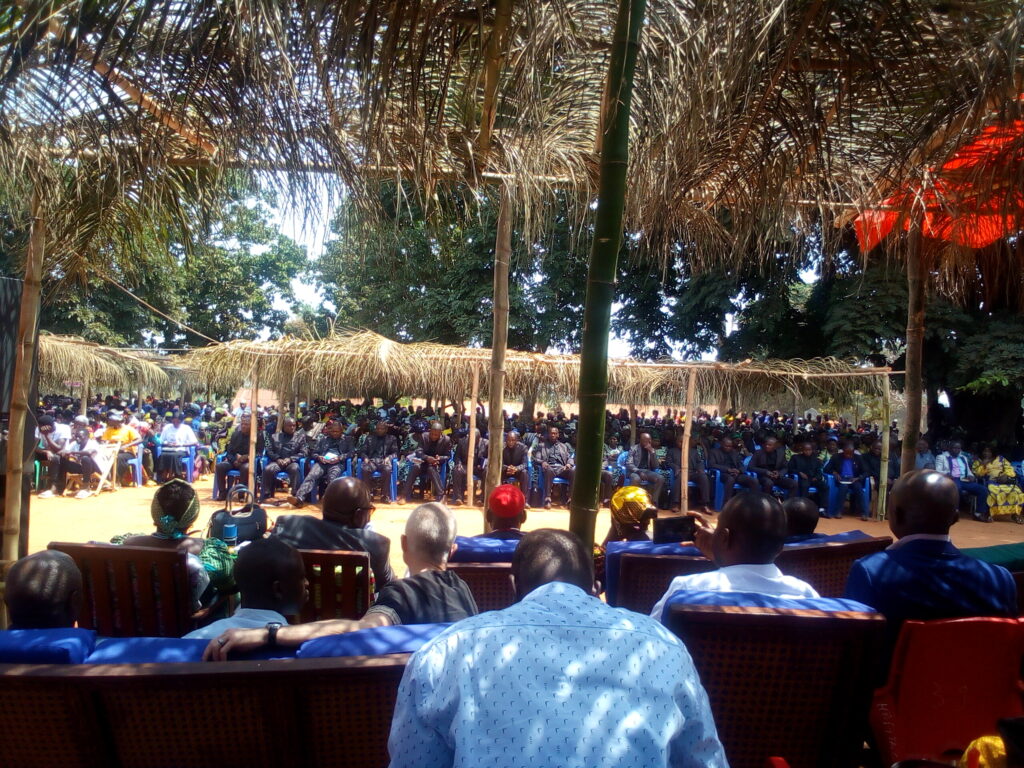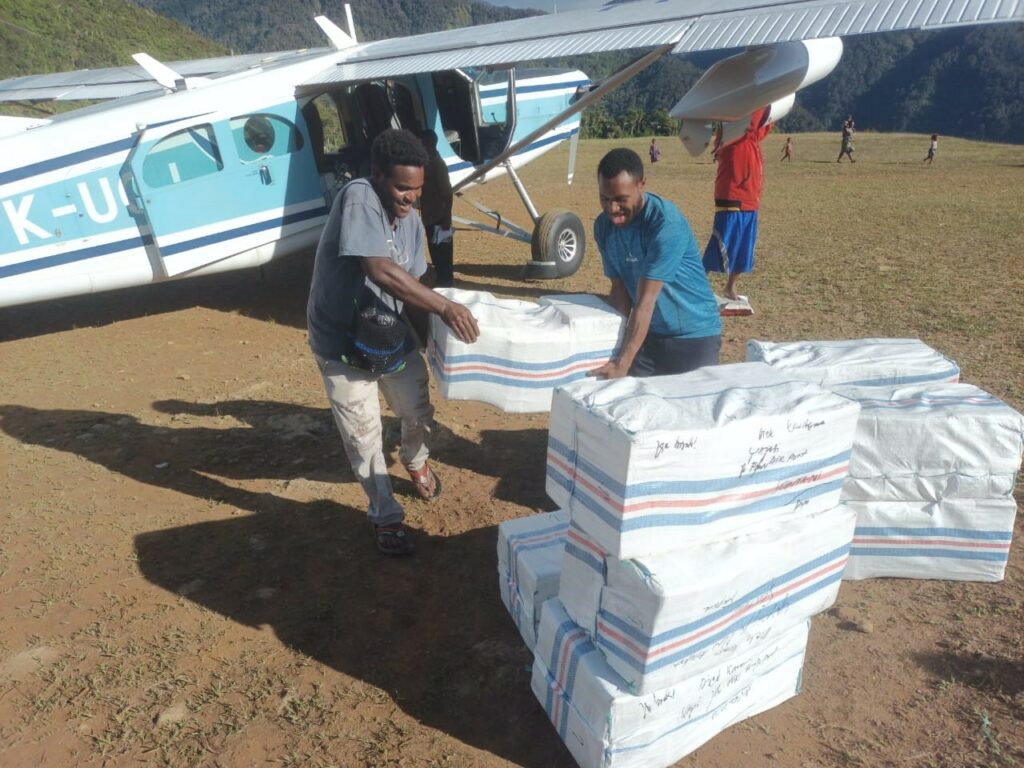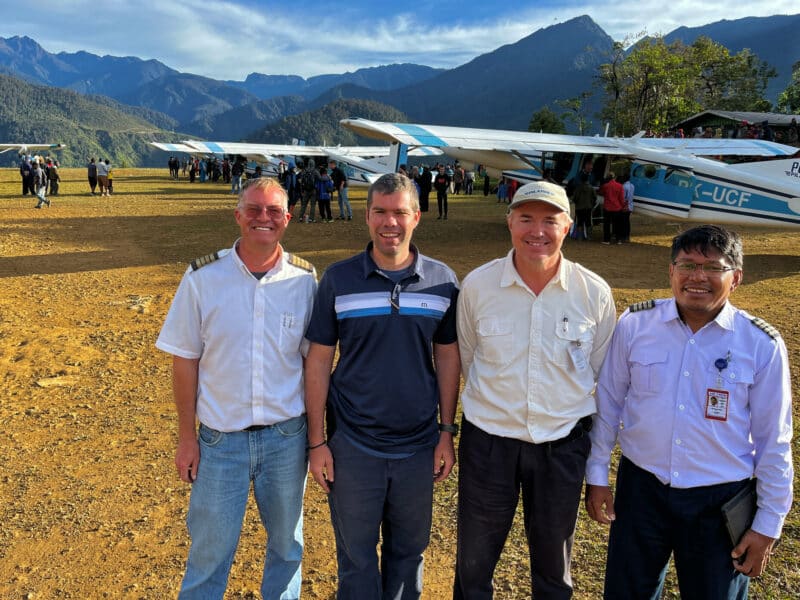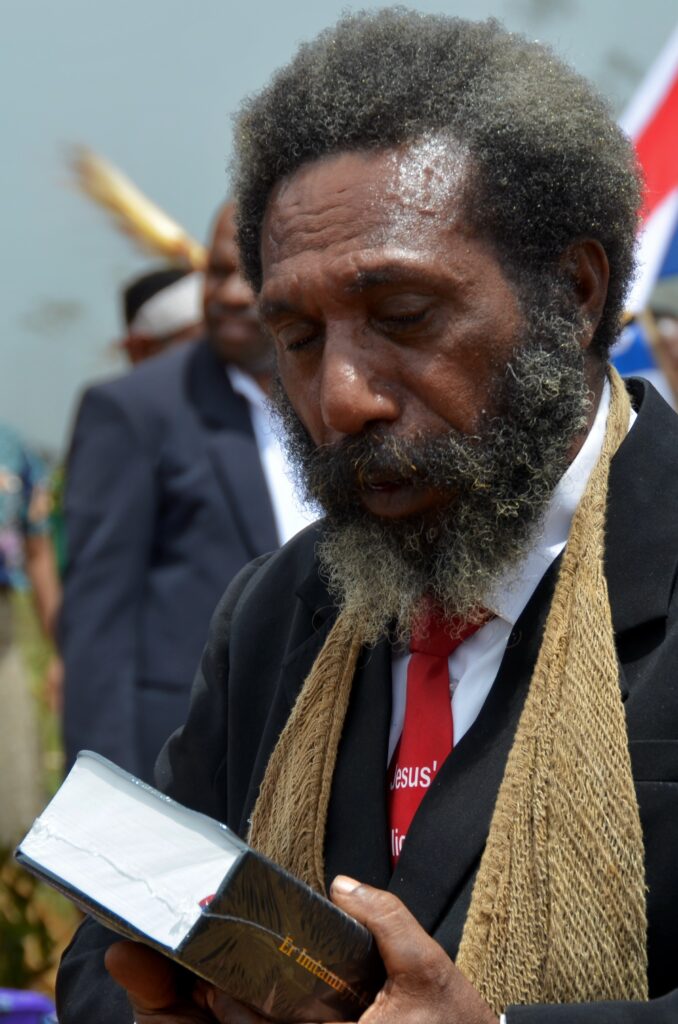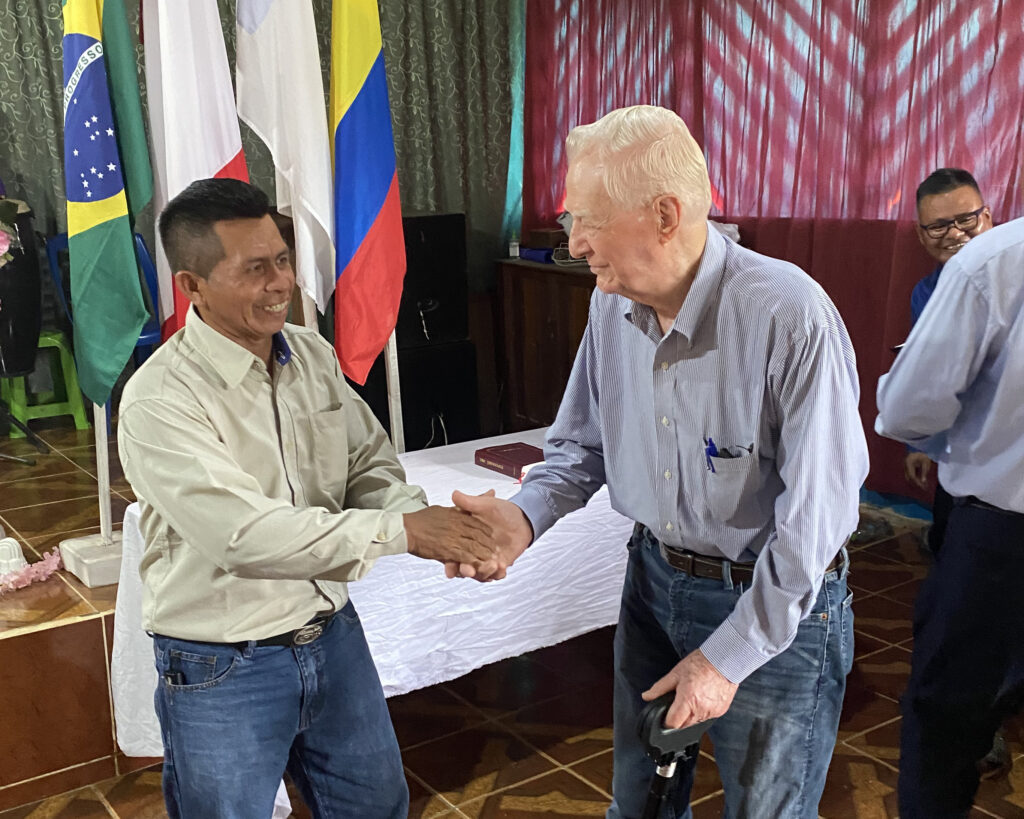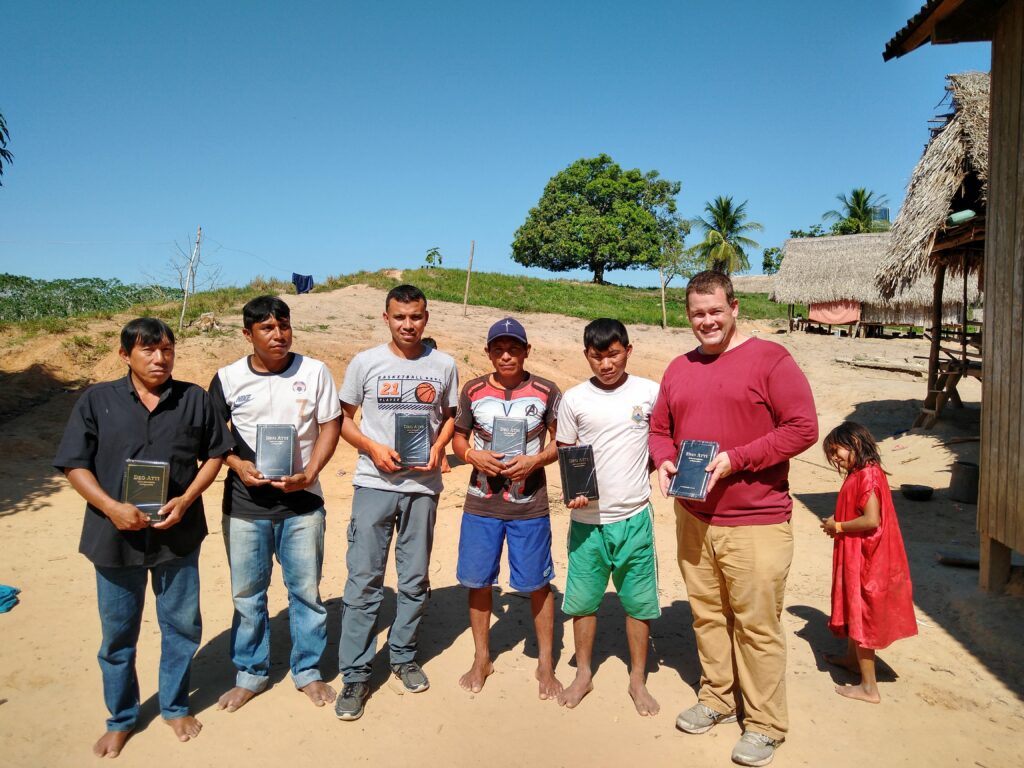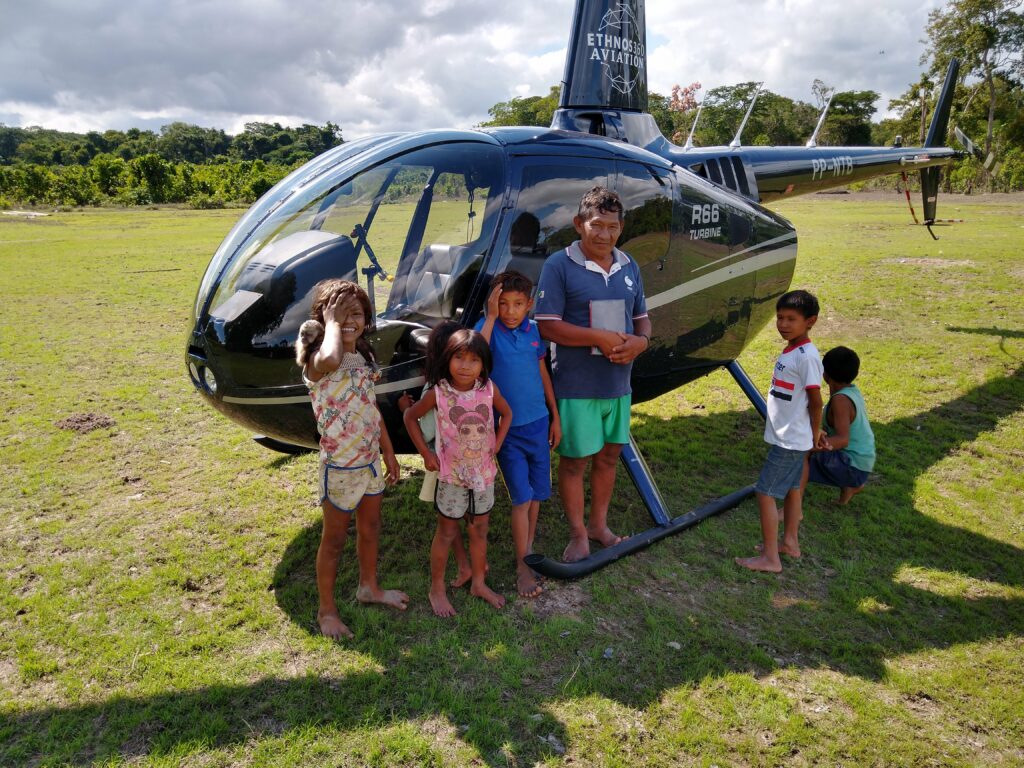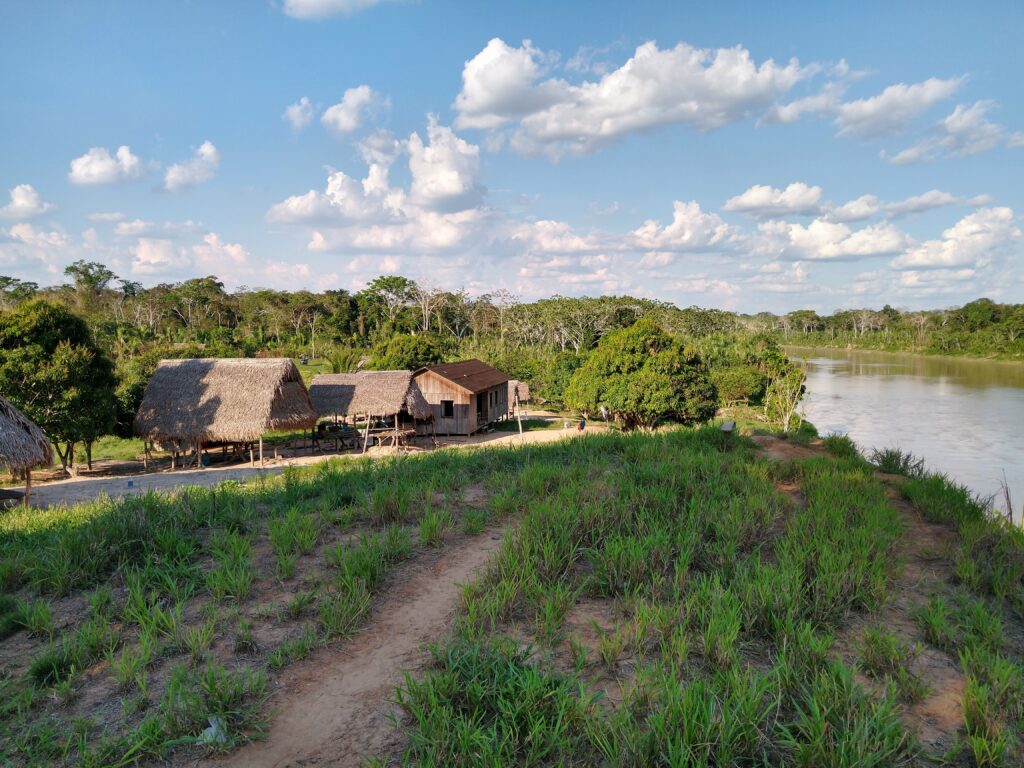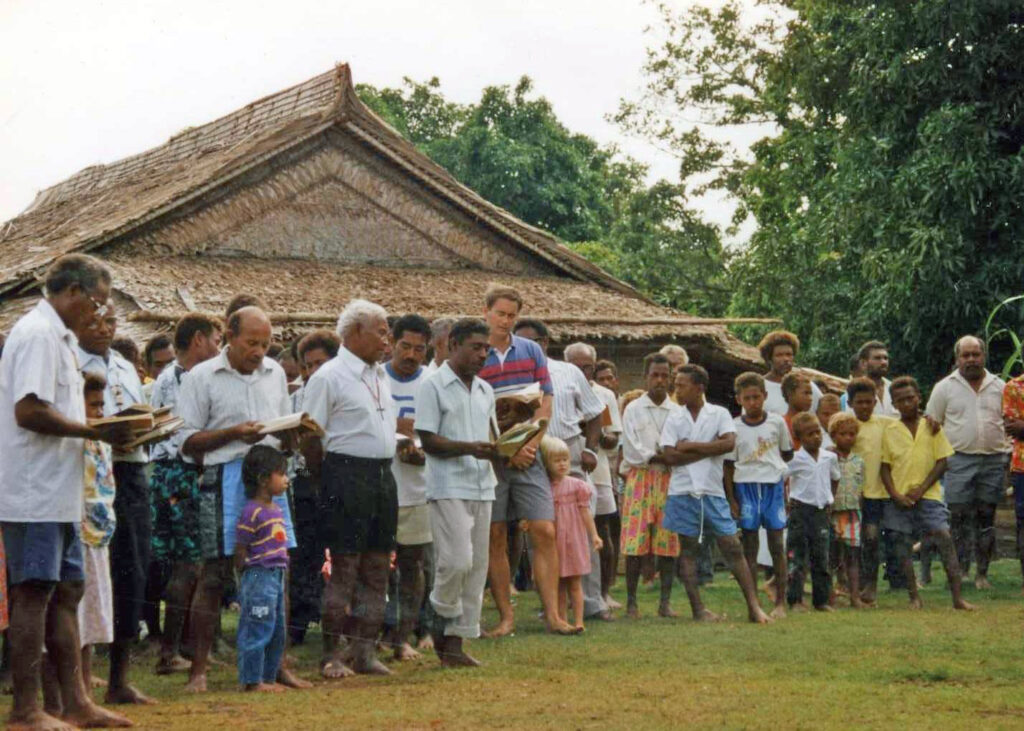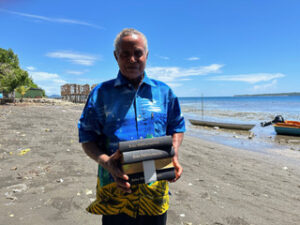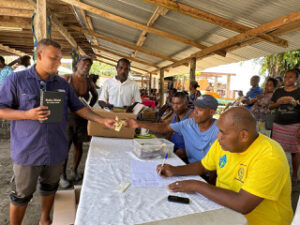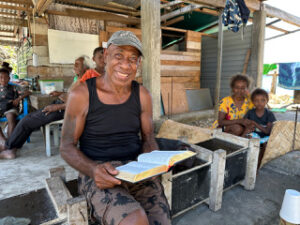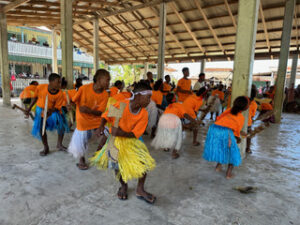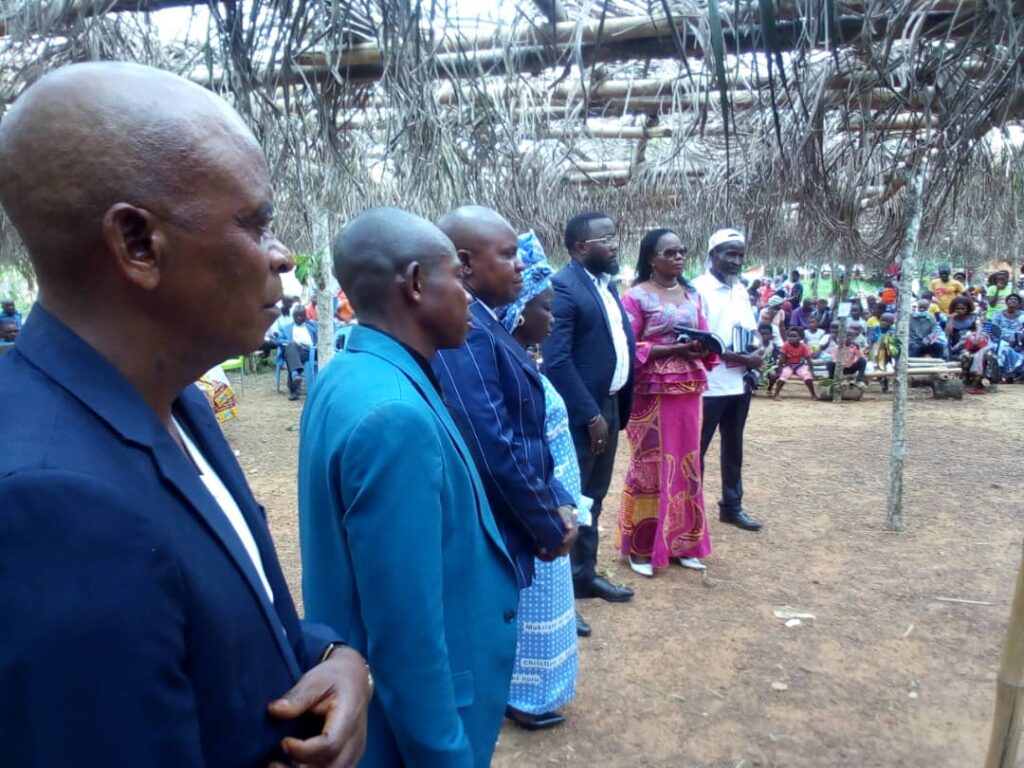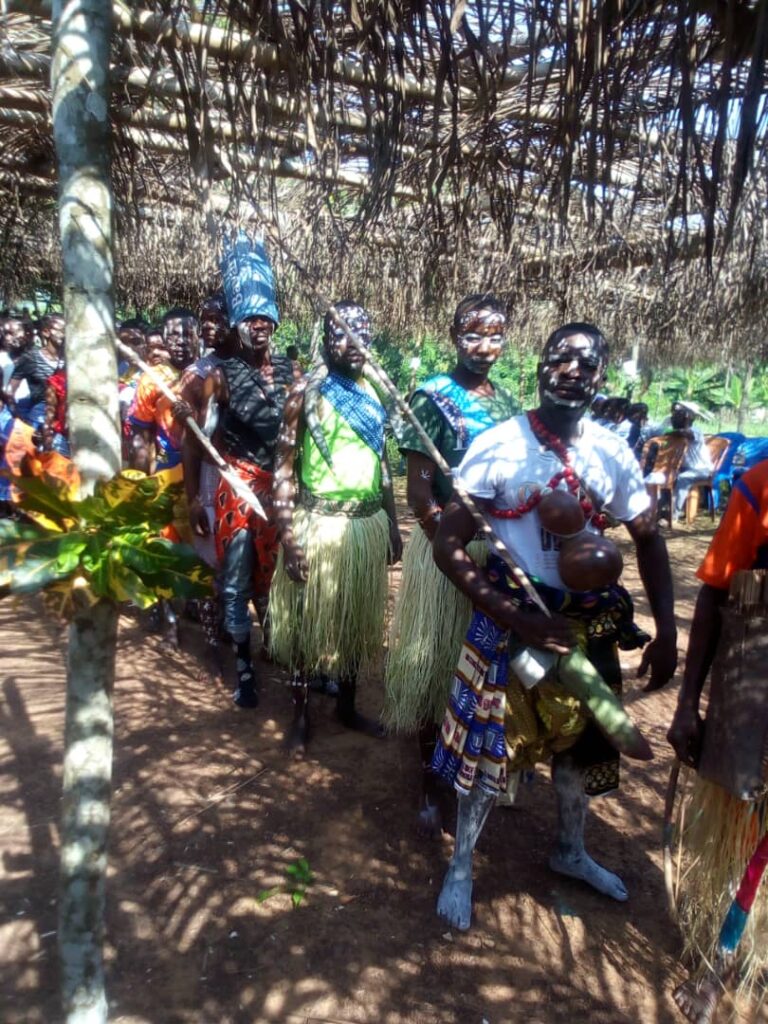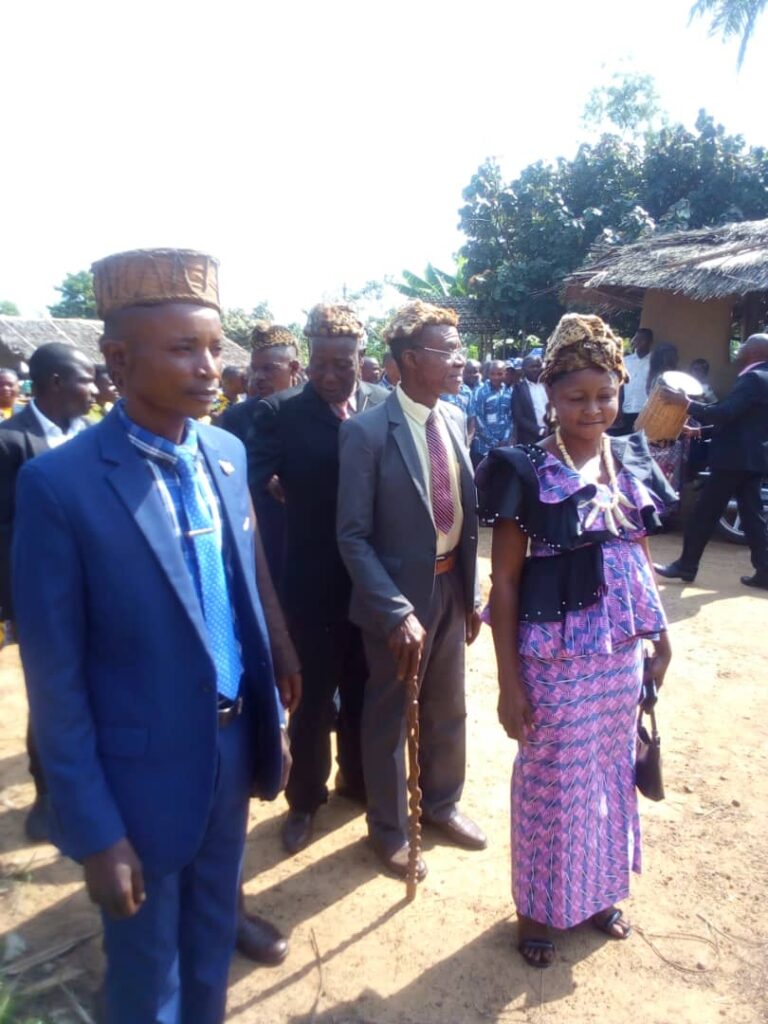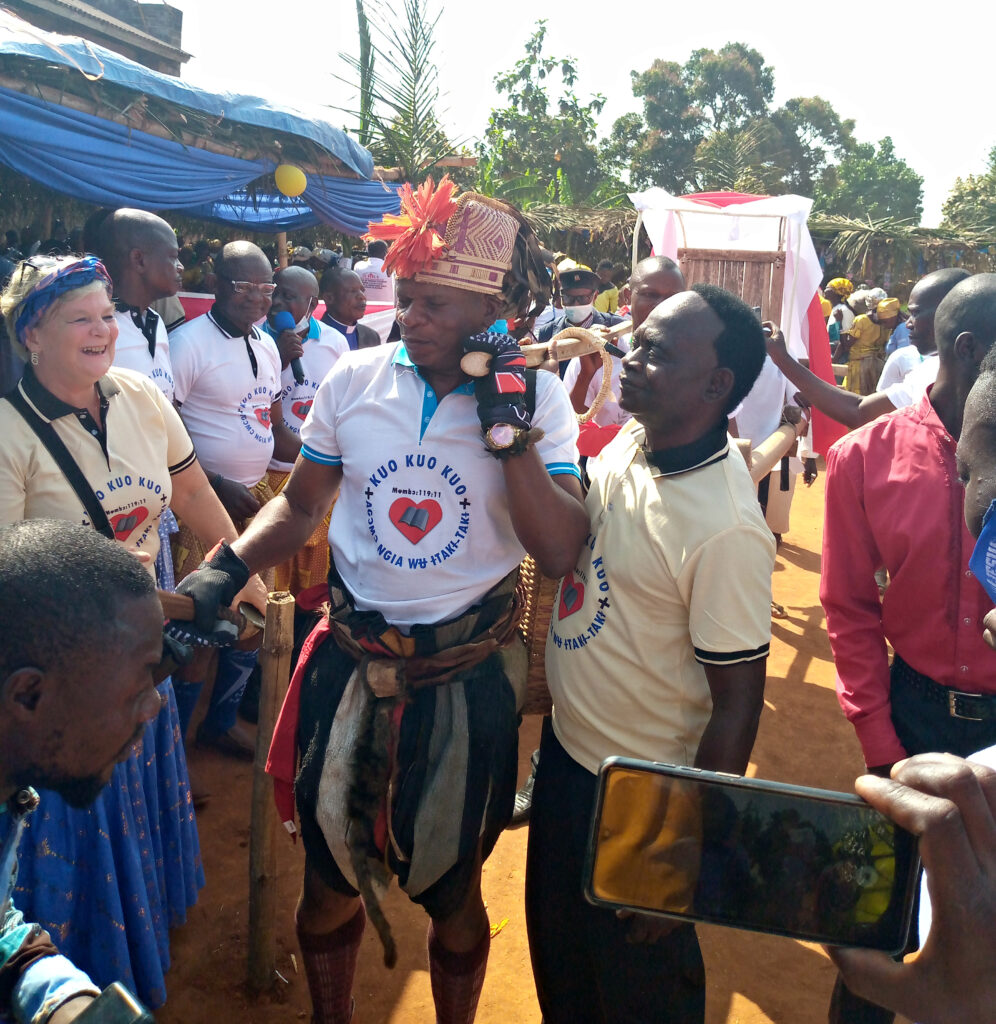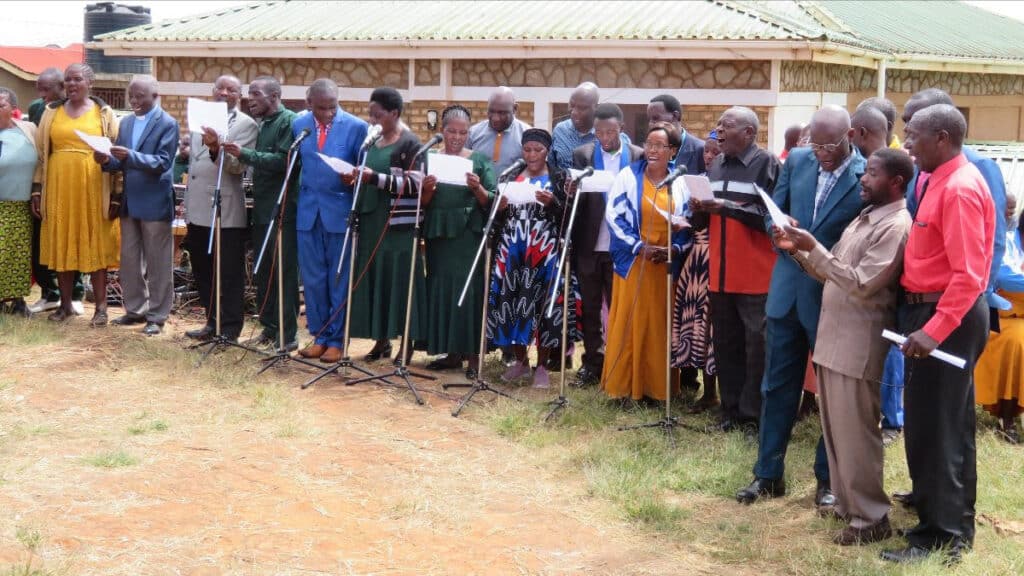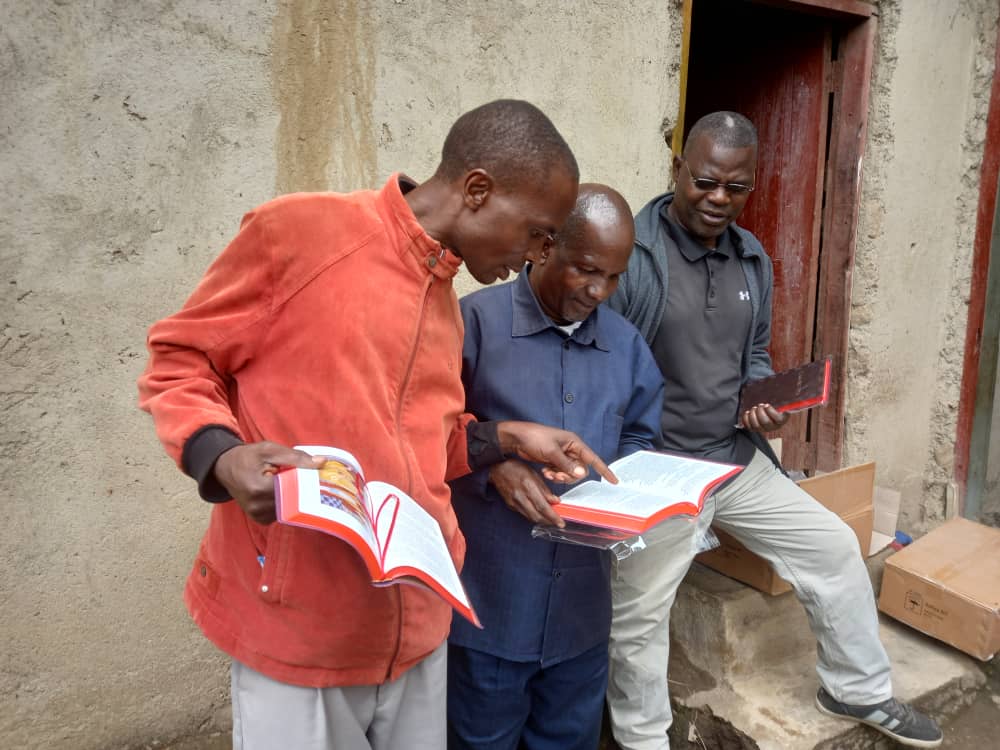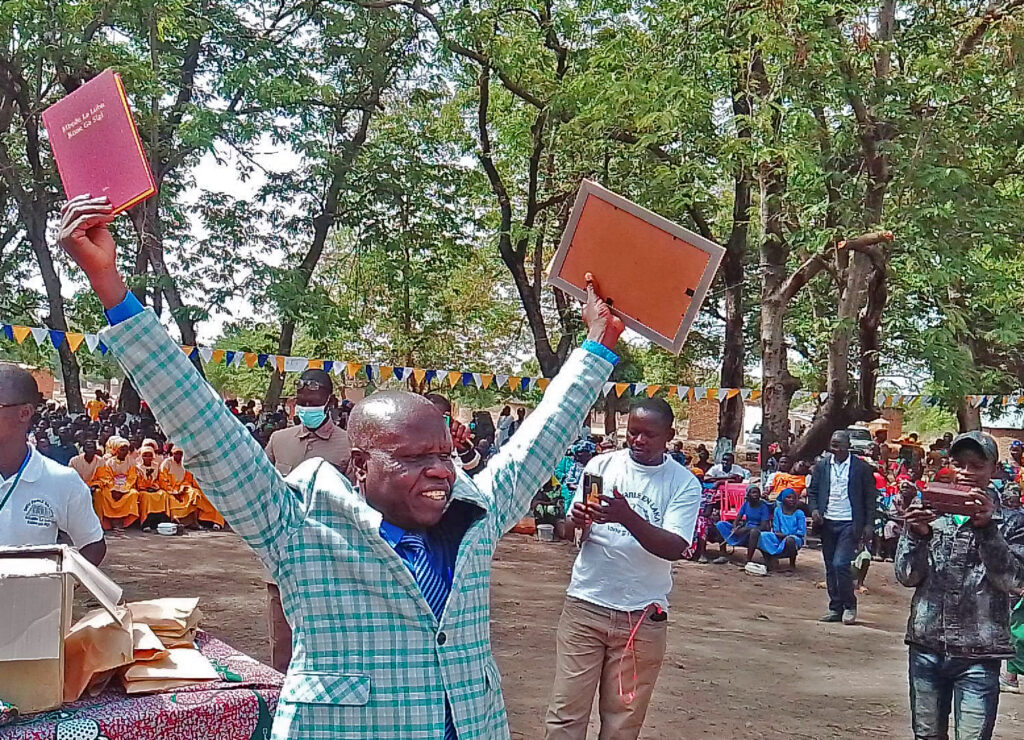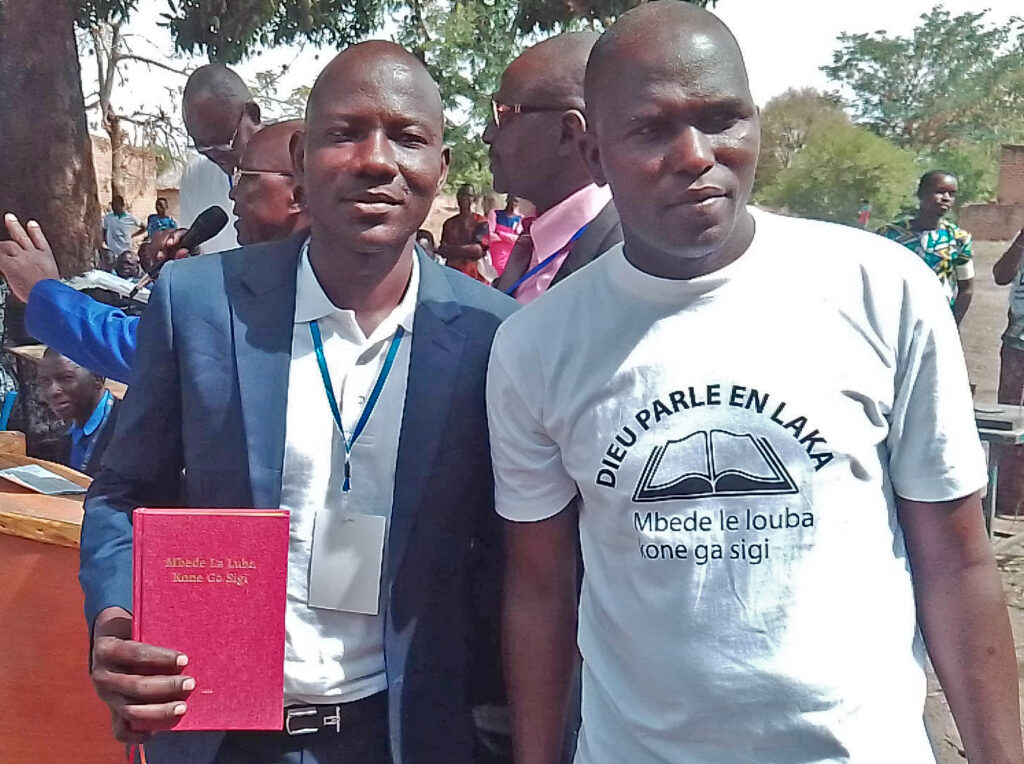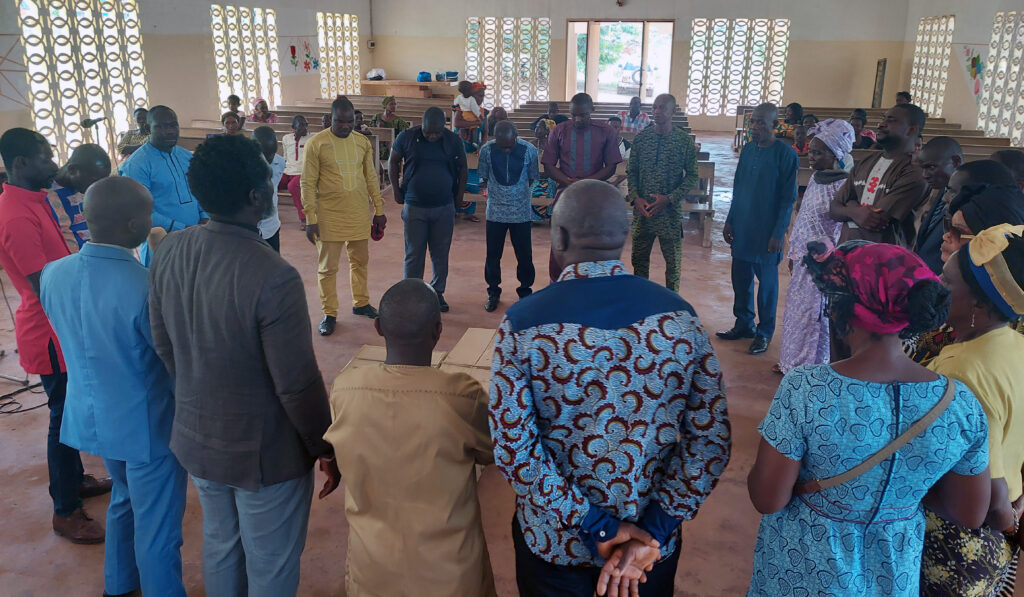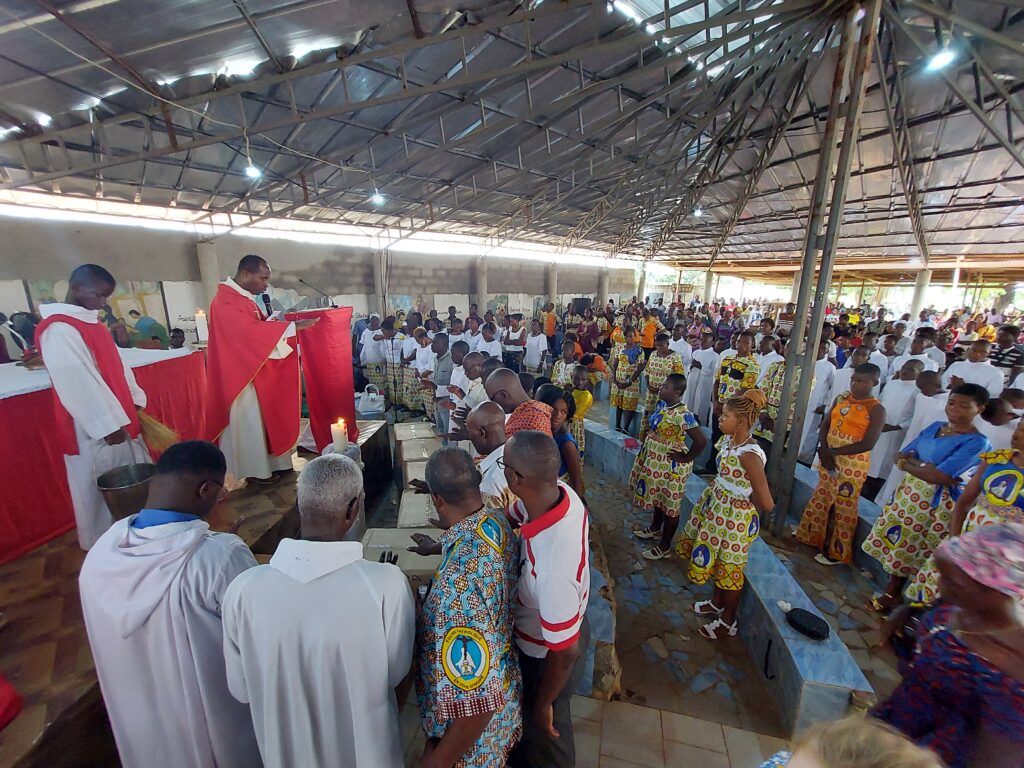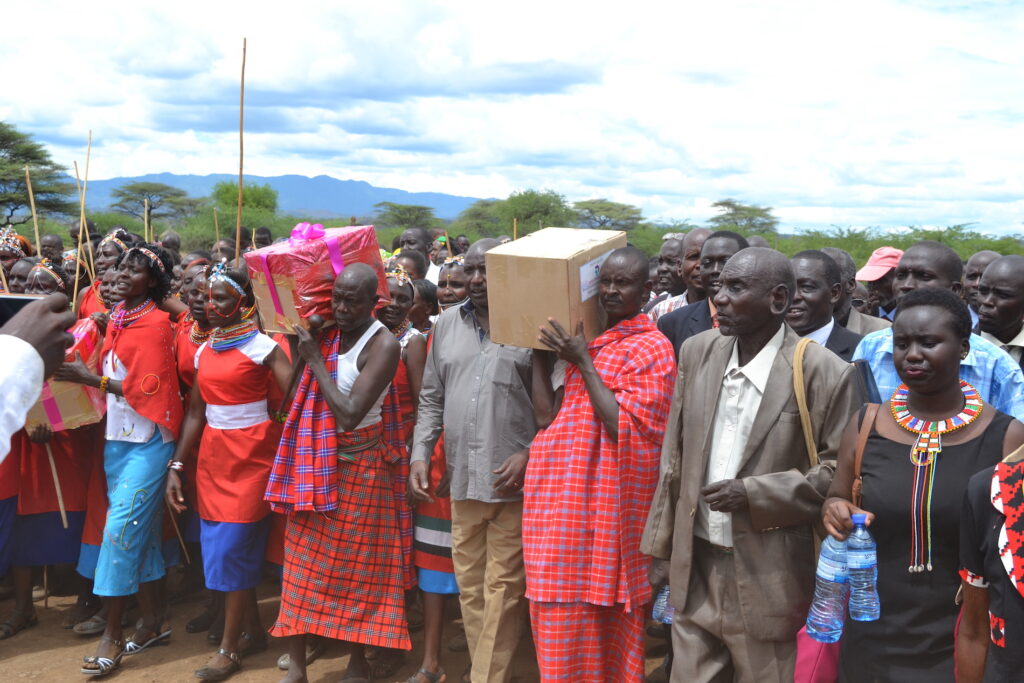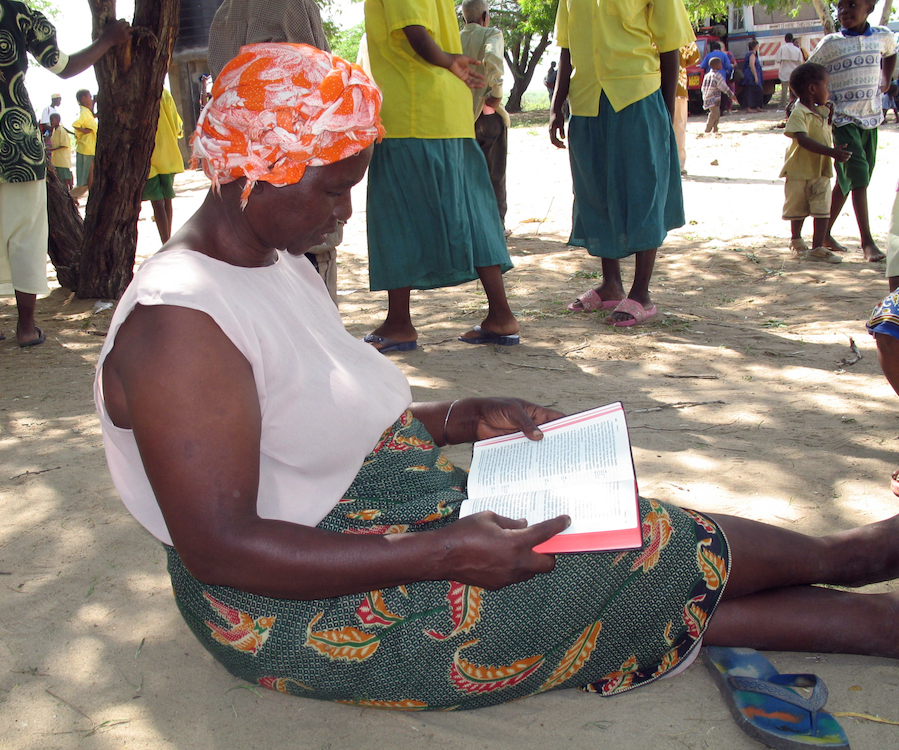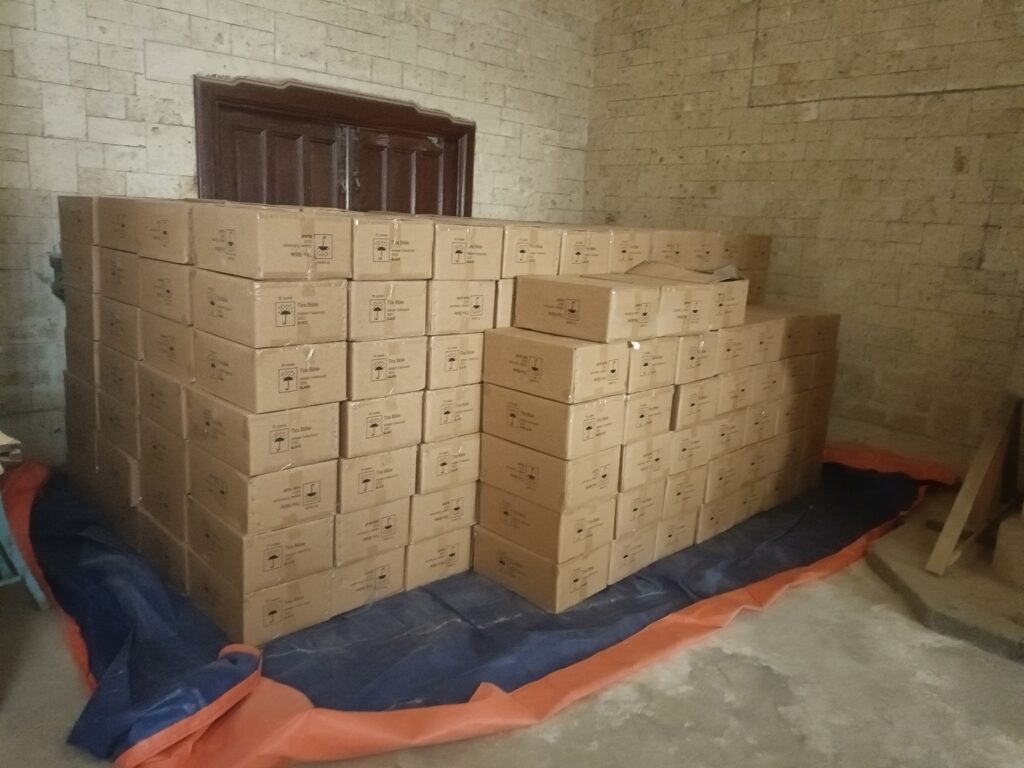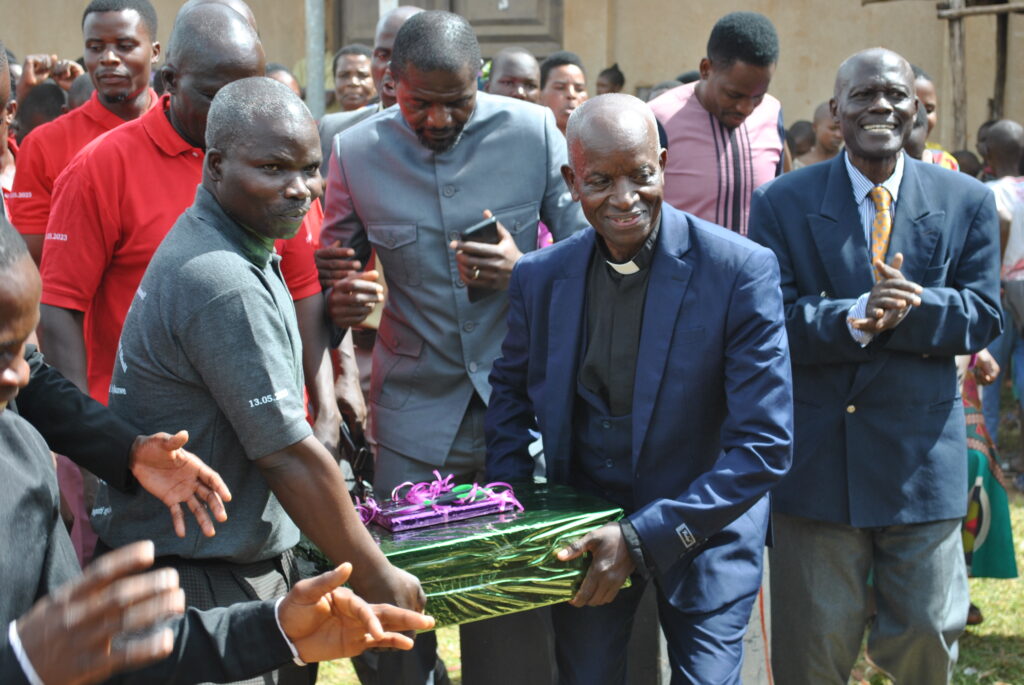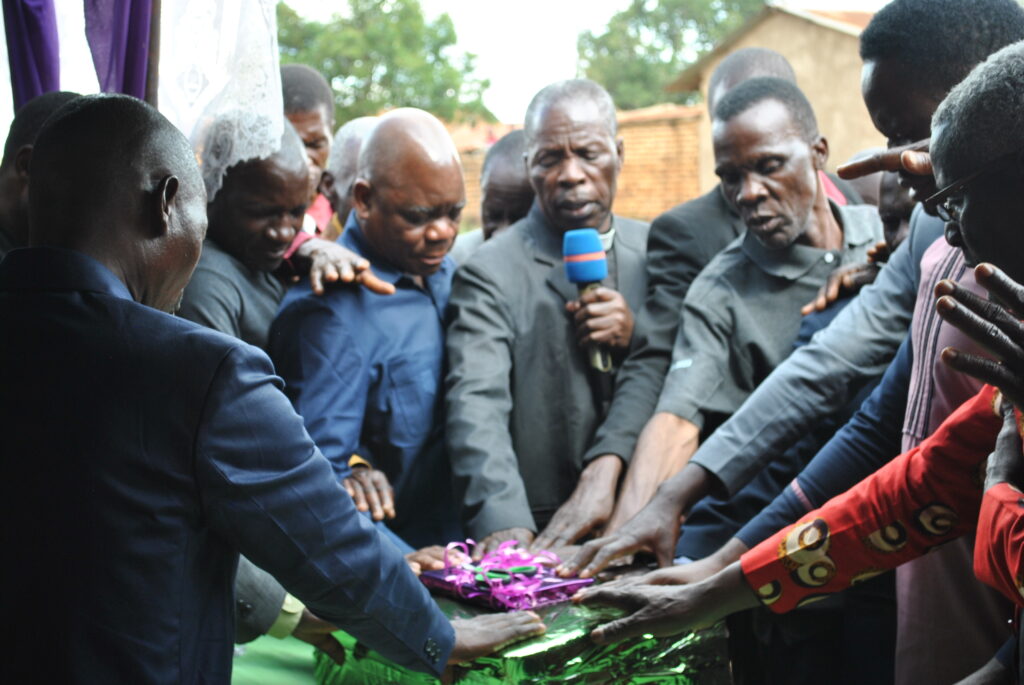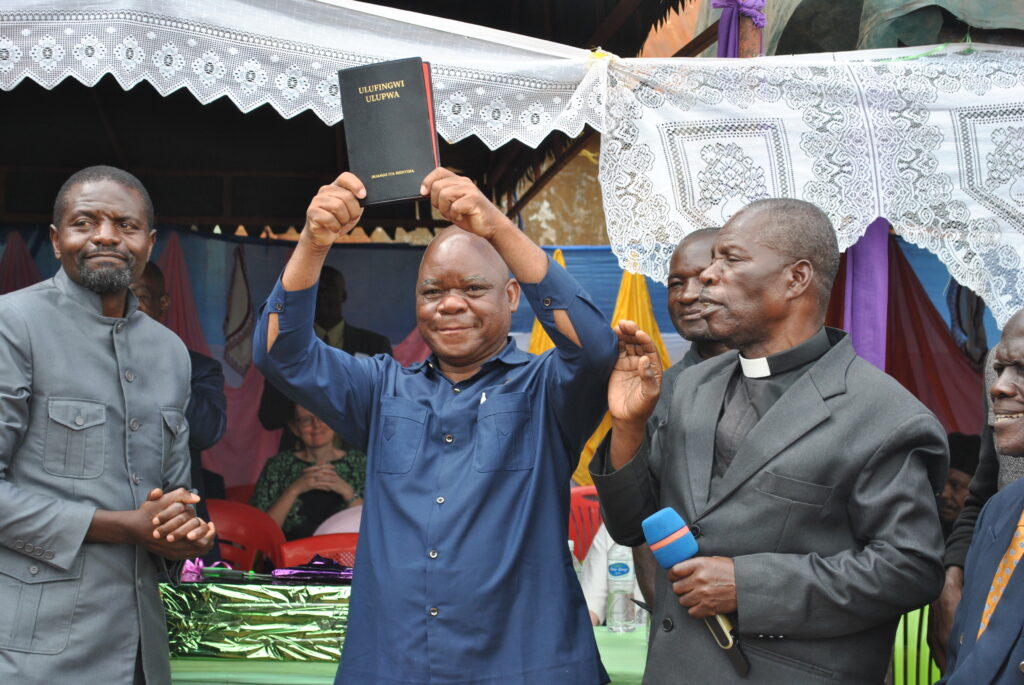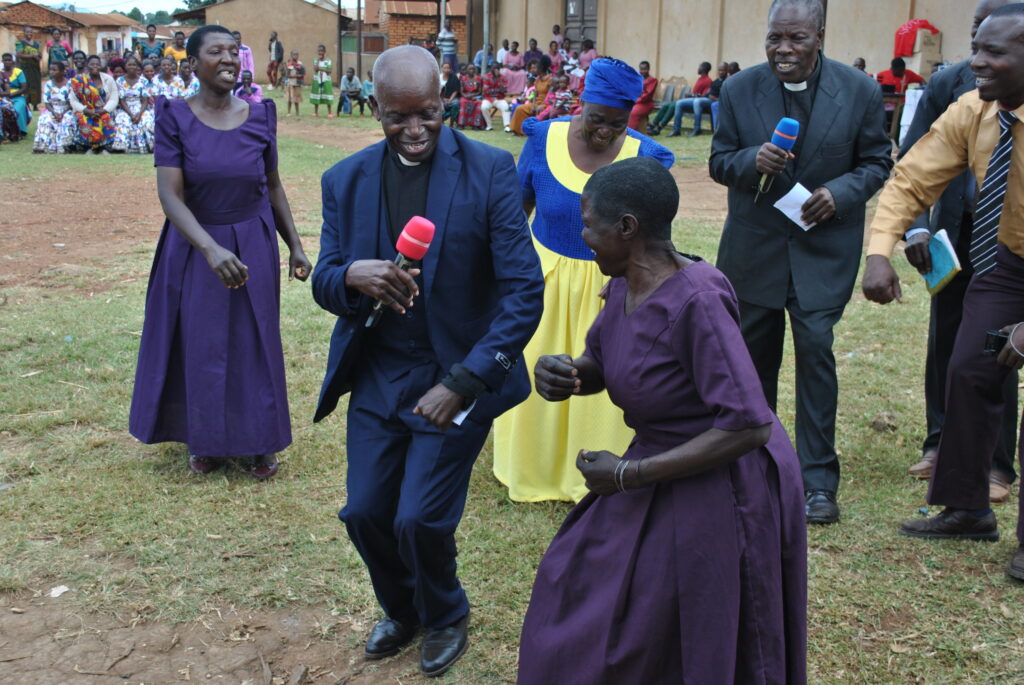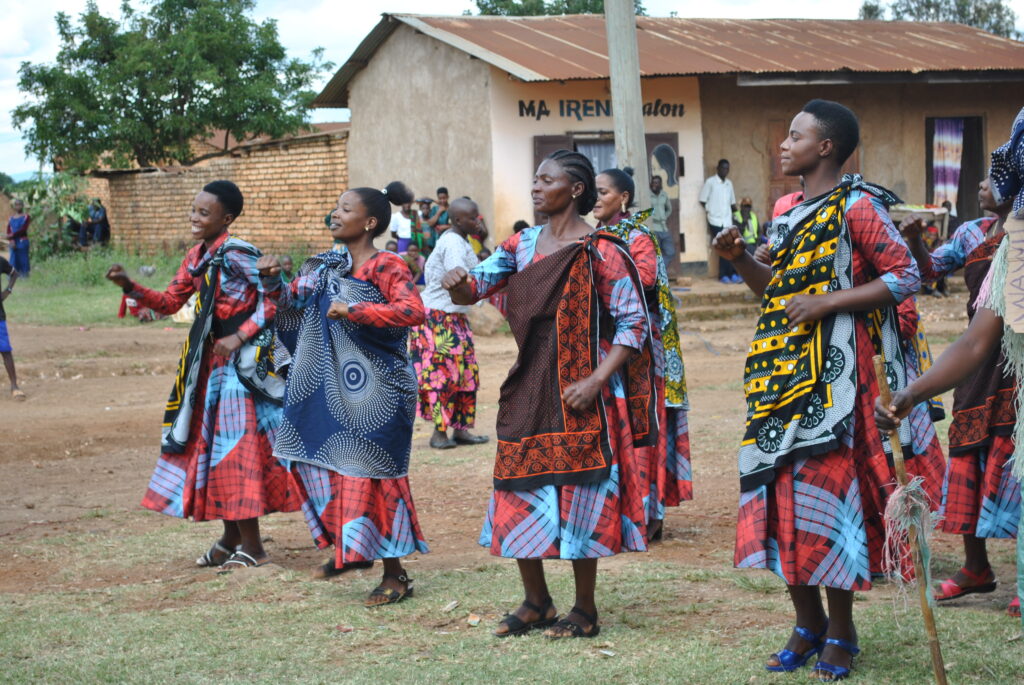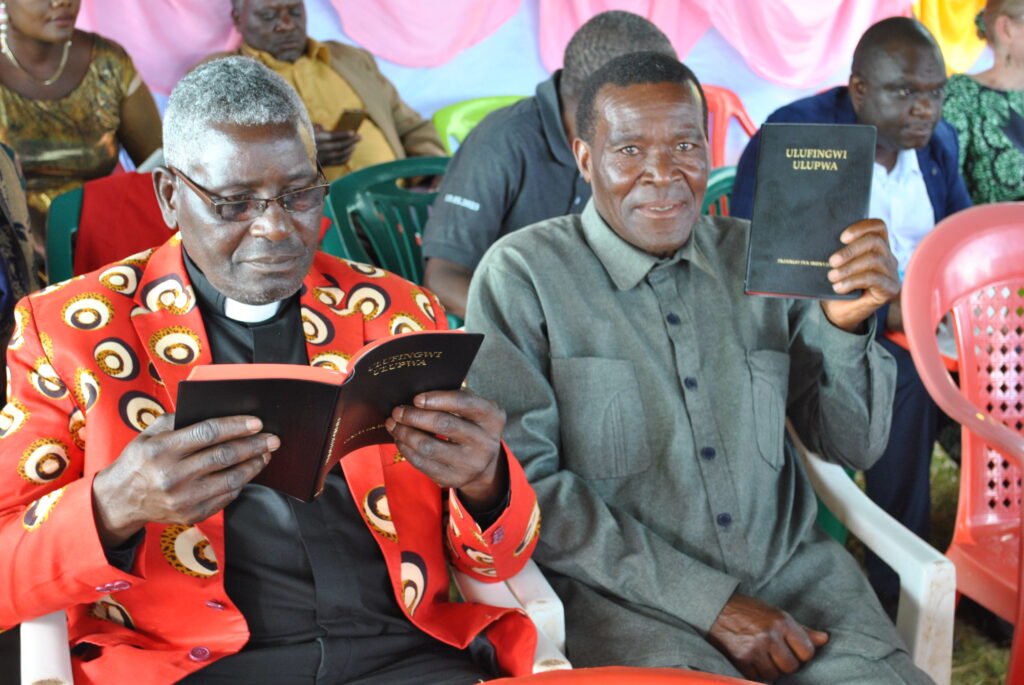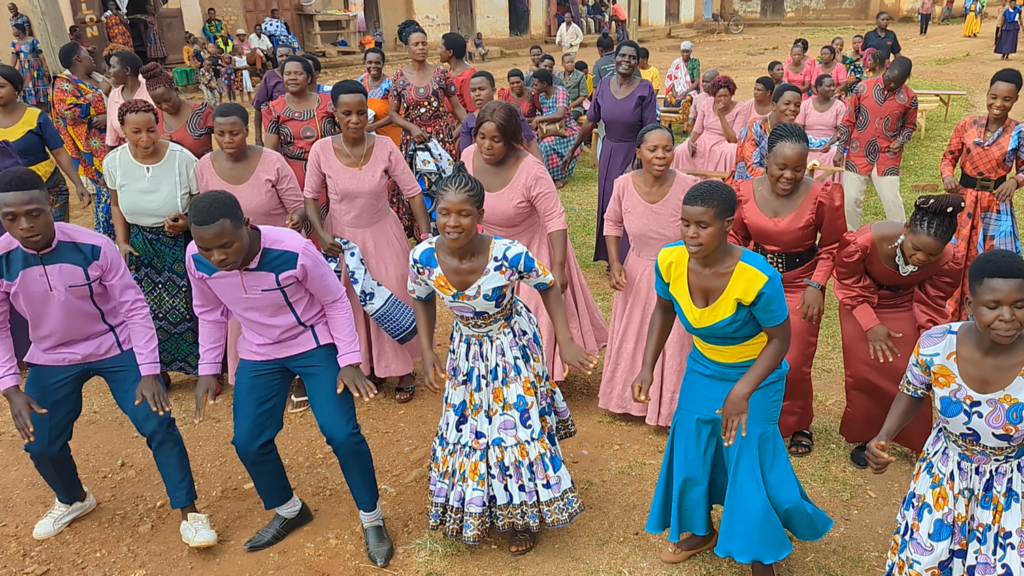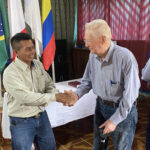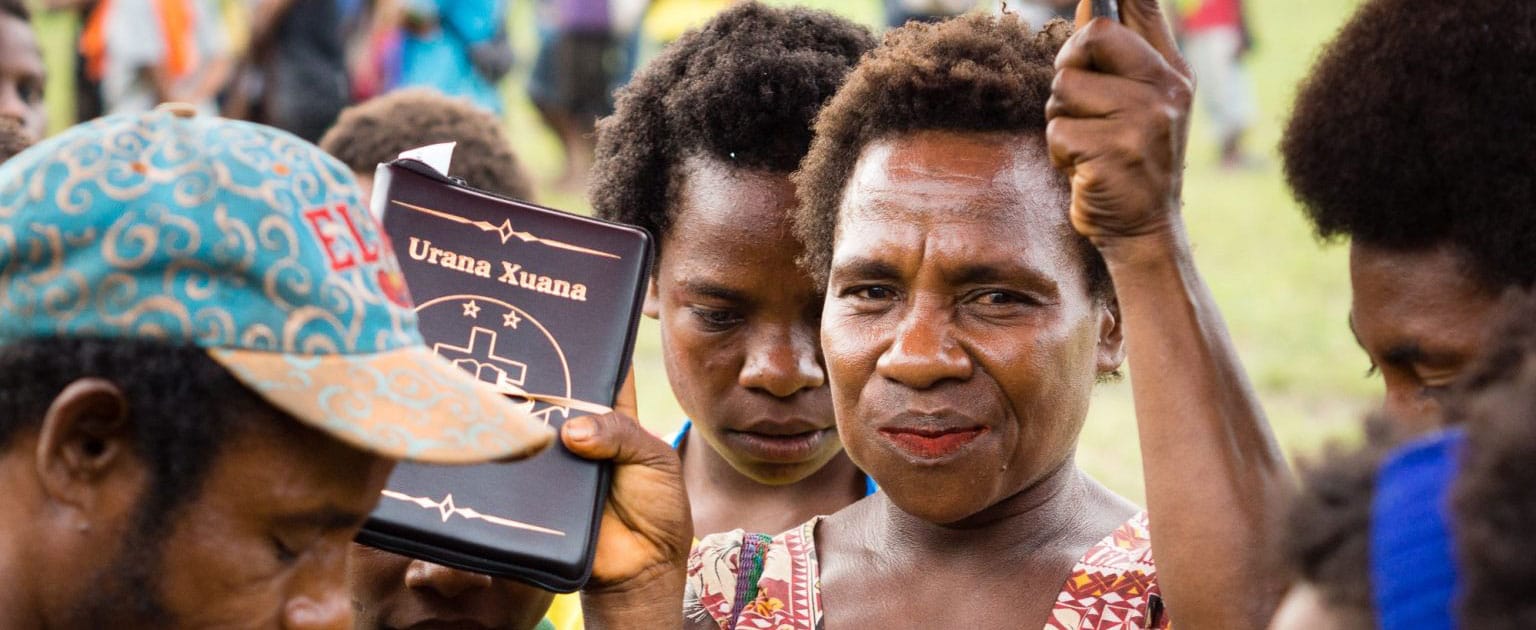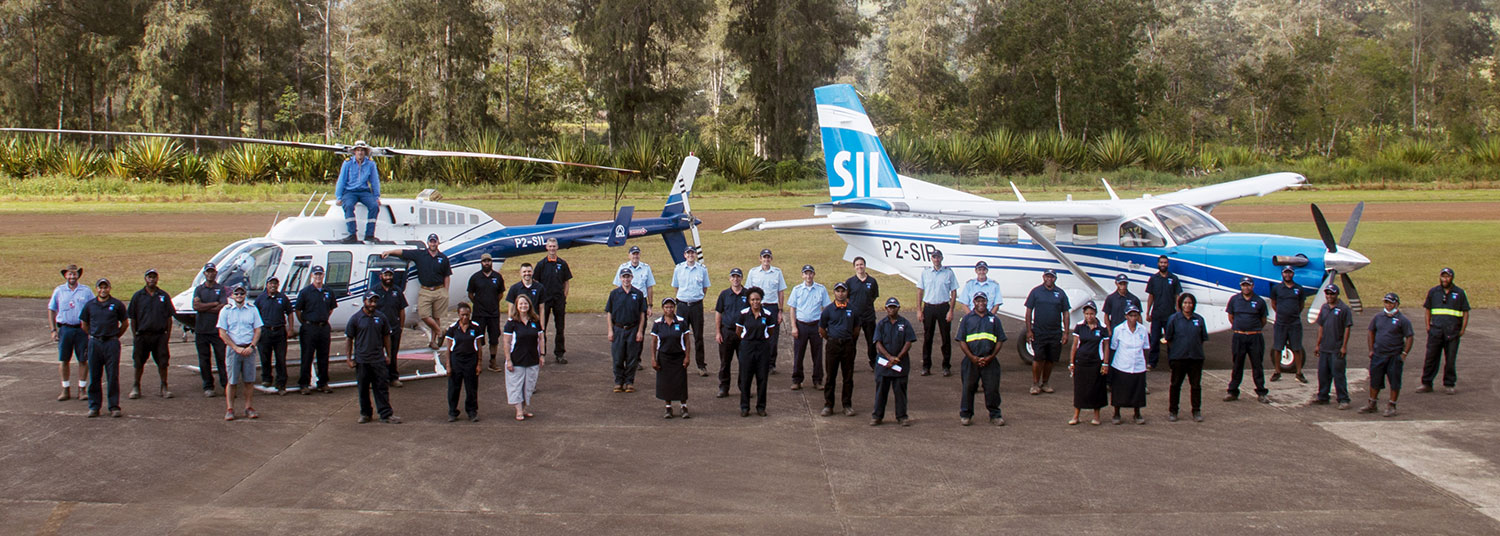Students Again
Rob Peterson and Jeff Johnson are experienced JAARS pilots who have flown extensively for JAARS and on overseas assignments. Even so, Rob and Jeff, along with Mike Bunn, another JAARS pilot, became students again.
The three attended a two-week R66 training in Arizona put on by Ethnos360, a JAARS aviation partner. Ethnos360, according to Jeff, “has more experience with the R66.” Its chief pilot served in the Philippines for several years and has excellent helicopter experience.
JAARS will soon welcome a new aircraft to its training fleet here in Waxhaw, North Carolina—an R66 helicopter. Since all JAARS partners with helicopter programs now utilize turbine-powered aircraft, JAARS has decided, with your help, to replace our piston-powered R44 with a turbine-powered R66.
Jeff, the helicopter operations supervisor at JAARS, flew an R44 in Cameroon for about a year, and flies one here at JAARS for training and Missions at the Airport events. But his experience flying an R66 helicopter is more negligible. He hasn’t flown one since 2018, when he helped set up the R66 in Cameroon. With the R66 arriving soon, it was time for him and the other JAARS helicopter instructors to refresh their skills. And Rob will be moving back to Africa soon to serve as a pilot, so it was strategic for him to add experience with the R66 to his skill set.
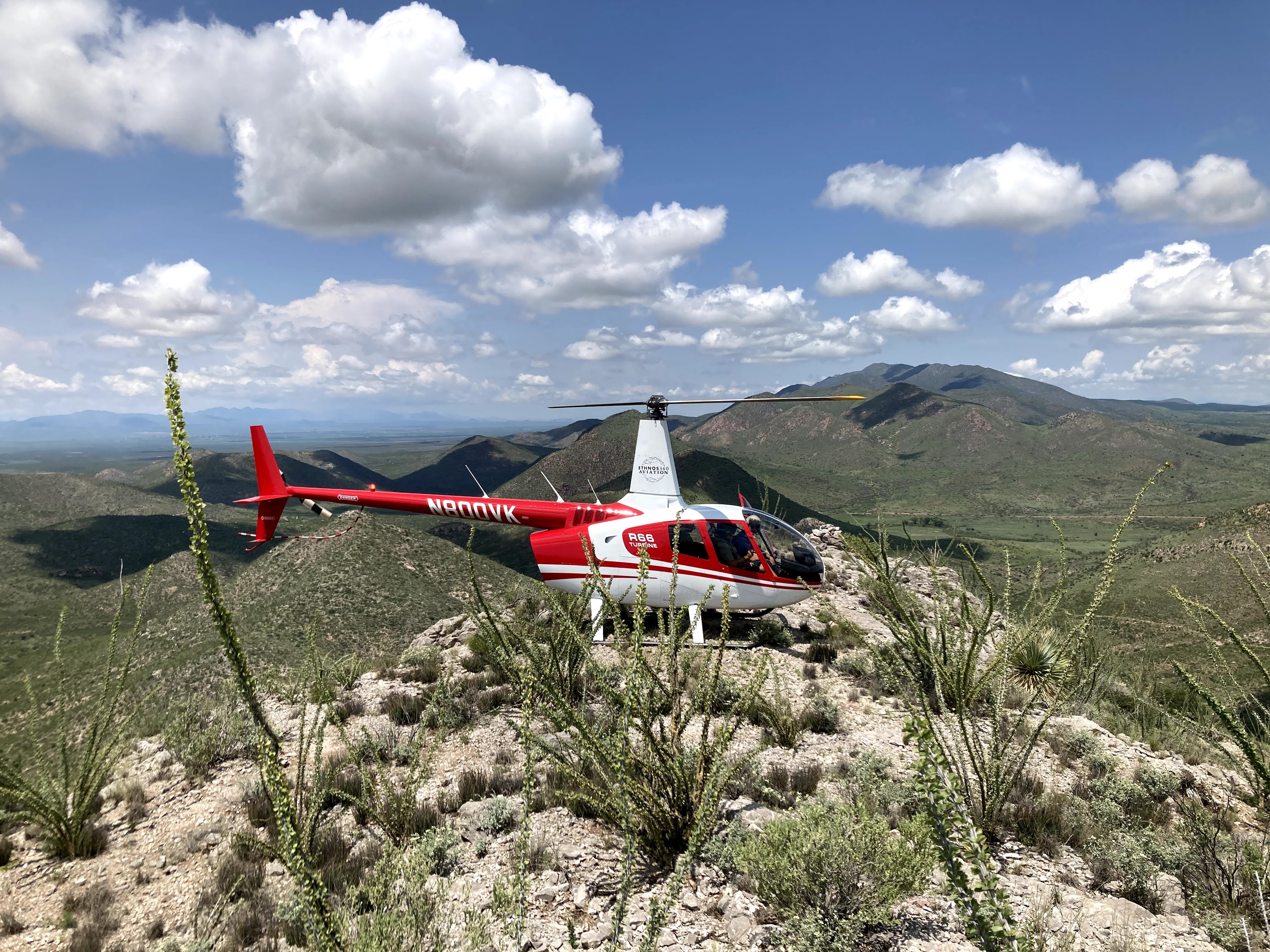
Jeff and Rob enjoyed their pilot’s instruction and learning (or re-learning) about the uniqueness of an R66. “It has more power [than an R44],” Rob explained. “It has a much better, useful load than the R44, and a lot of versatility.” At one point, they were taking off from an altitude of 6,000 feet, while carrying more weight than an R44 could handle.
“We still had power to carry all the weight,” Jeff said. In Cameroon when he was flying the R44, he had to leave 10% of the payload behind in order to barely be able to operate—one reason why the turbine-powered R66 was a better match for Cameroon. “It has the power to carry a lot more.”
For a pilot, the main difference in flying the R66 is its turbine engine. This engine operates completely different than the piston-powered engine in the R44. Although it’s capable of more power, it’s slower to respond to the pilot’s actions. The pilot has to anticipate high power demand prior to the moment the power is needed. This tendency and other differences make it important for a pilot to learn procedures during training and advanced maneuvering that are specific to this type of engine. Knowing these nuances will help Jeff and Mike pass this information on to their students and enable them to safely and effectively operate turbine-powered helicopters in their field assignments.
While taking the Ethnos360 course, Rob and Jeff jotted down notes to help them make the switch from an R44-based JAARS training course to an R66-based one. And just in time, too!
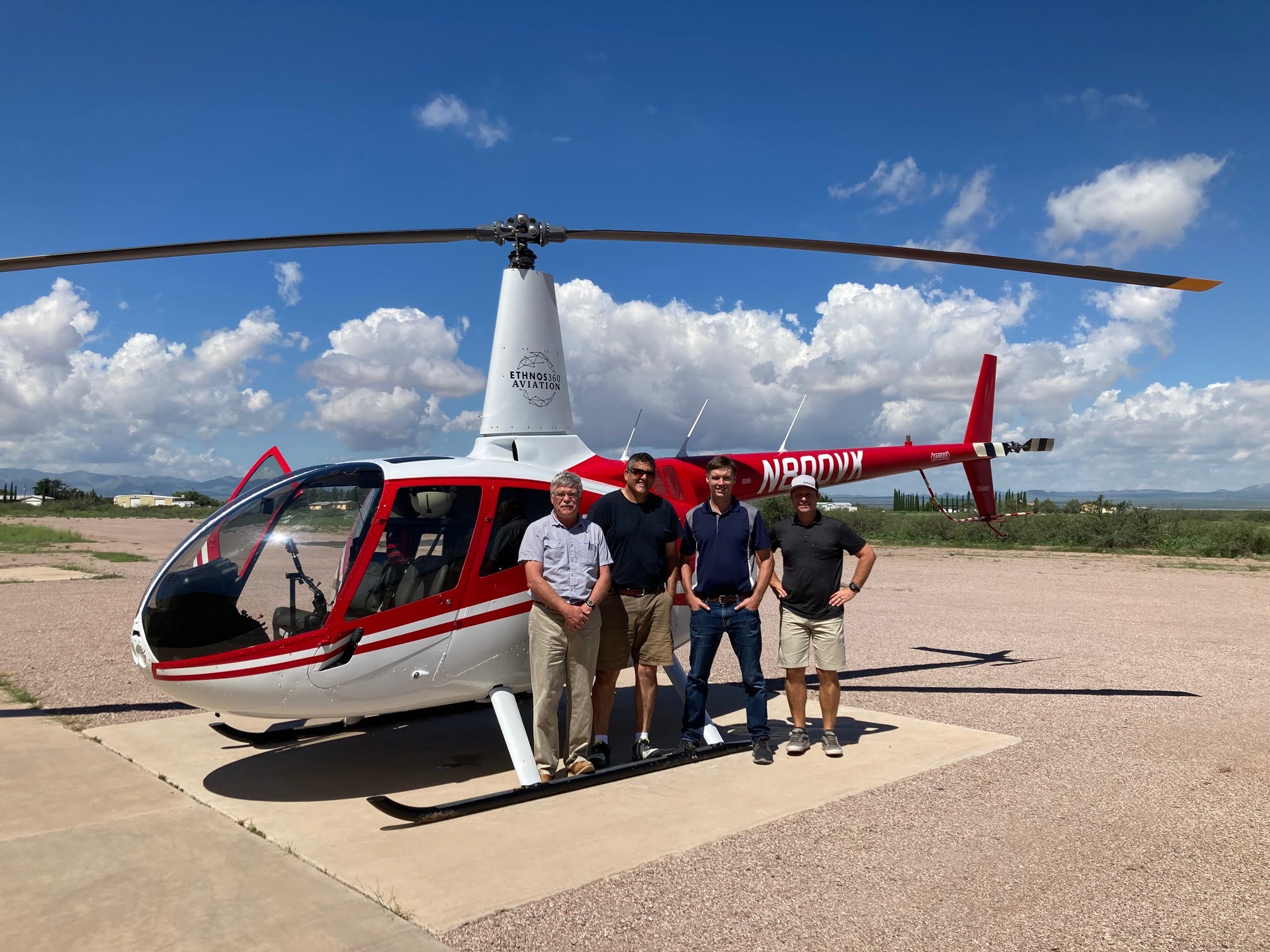
A helicopter pilot who plans to fly a turbine-powered helicopter in Papua New Guinea will, God-willing, attend the JAARS pre-field orientation course in March 2022. Jeff and Mike are now equipped to pass on their knowledge of turbine aircraft to this pilot so he and others can fly safely and effectively overseas, sharing the gospel with those who’ve never heard it.
Thank you for making JAARS training relevant when you give to Aviation Training Solutions! Please pray that the R66 arrives safely and God uses it mightily for his kingdom.

